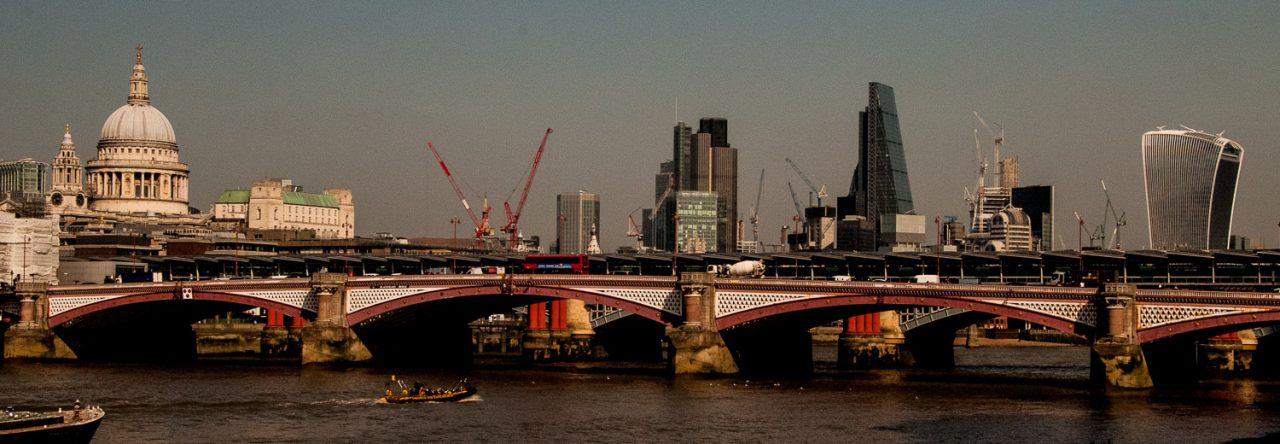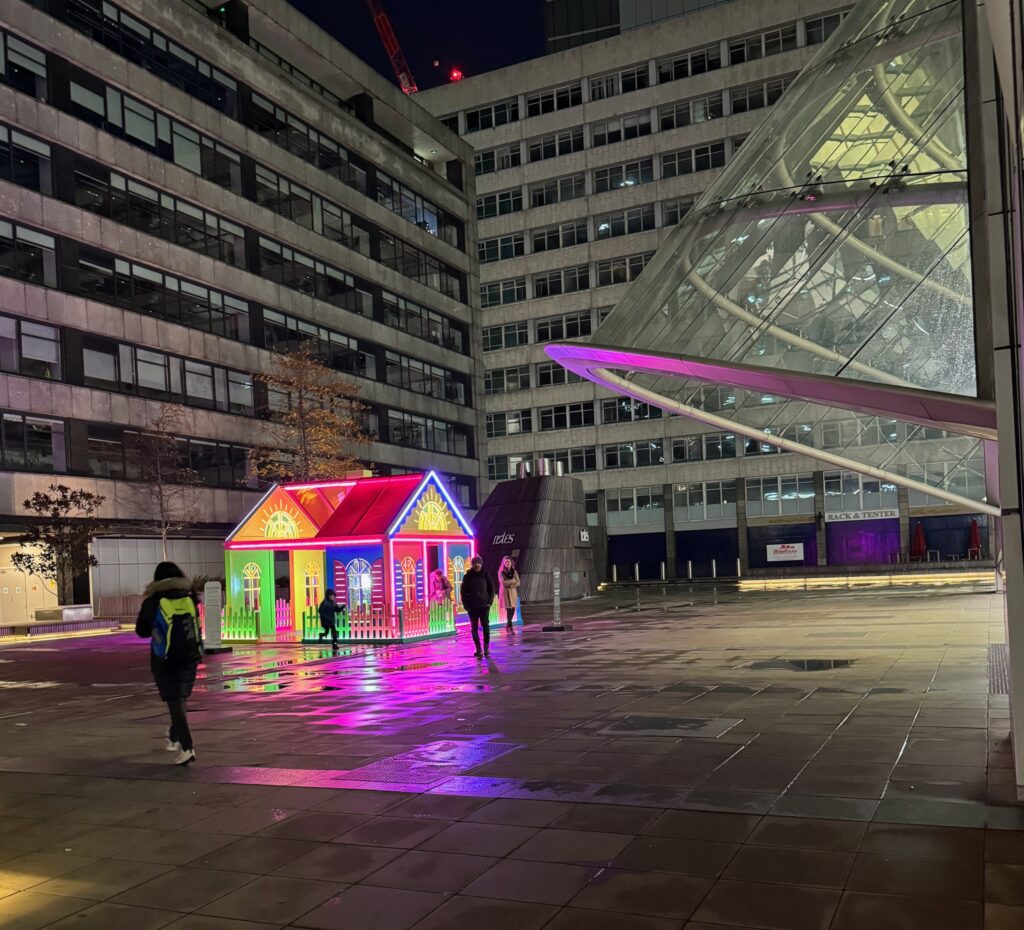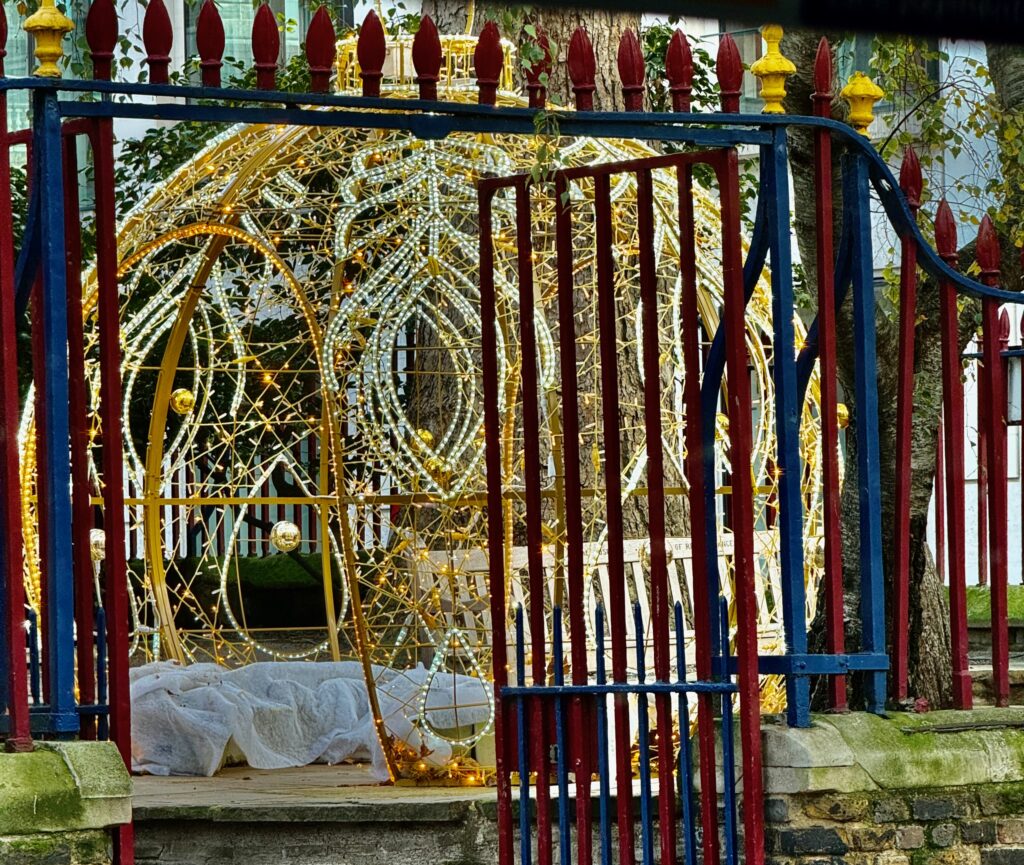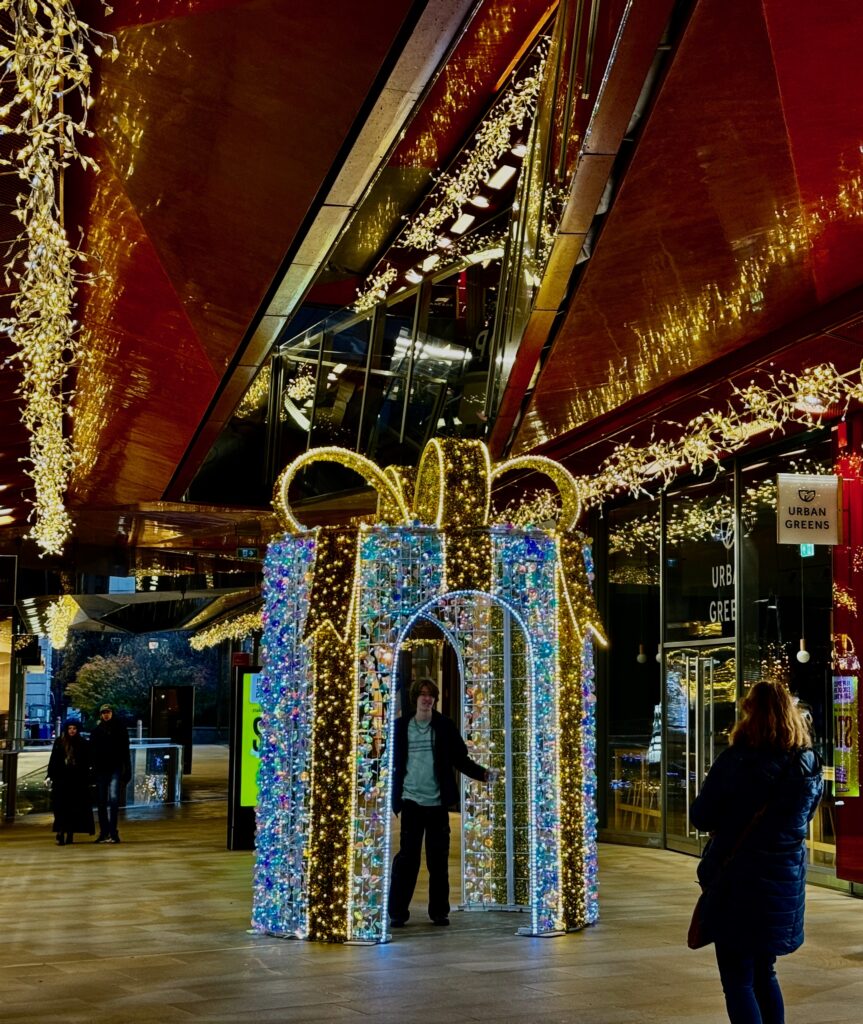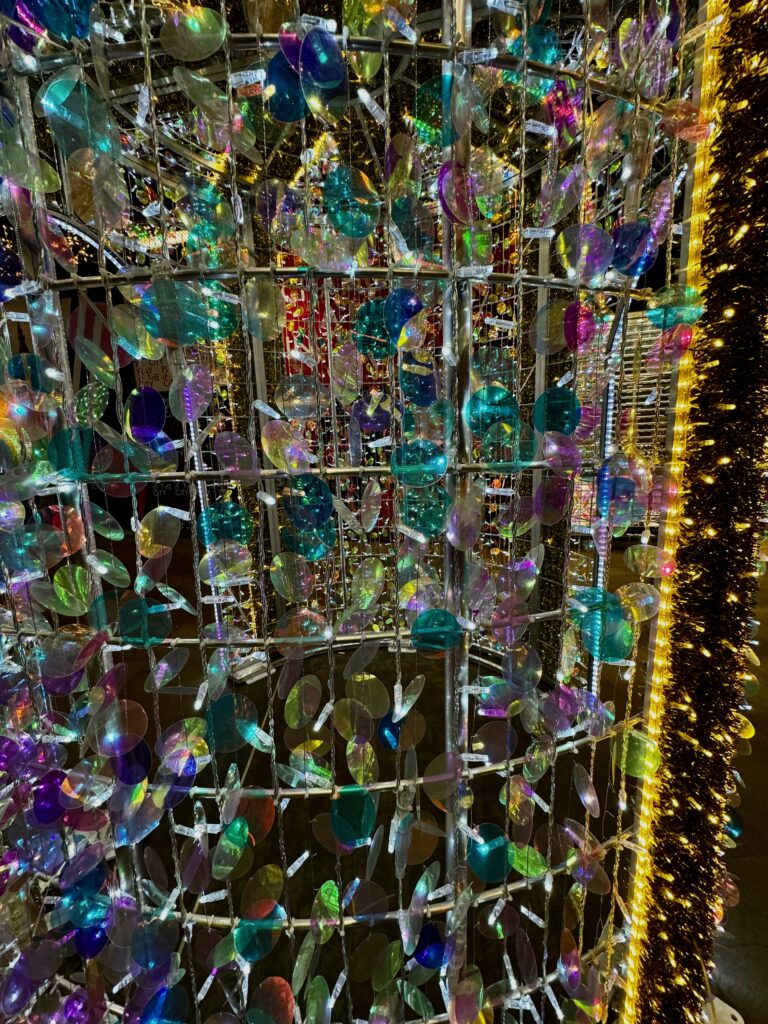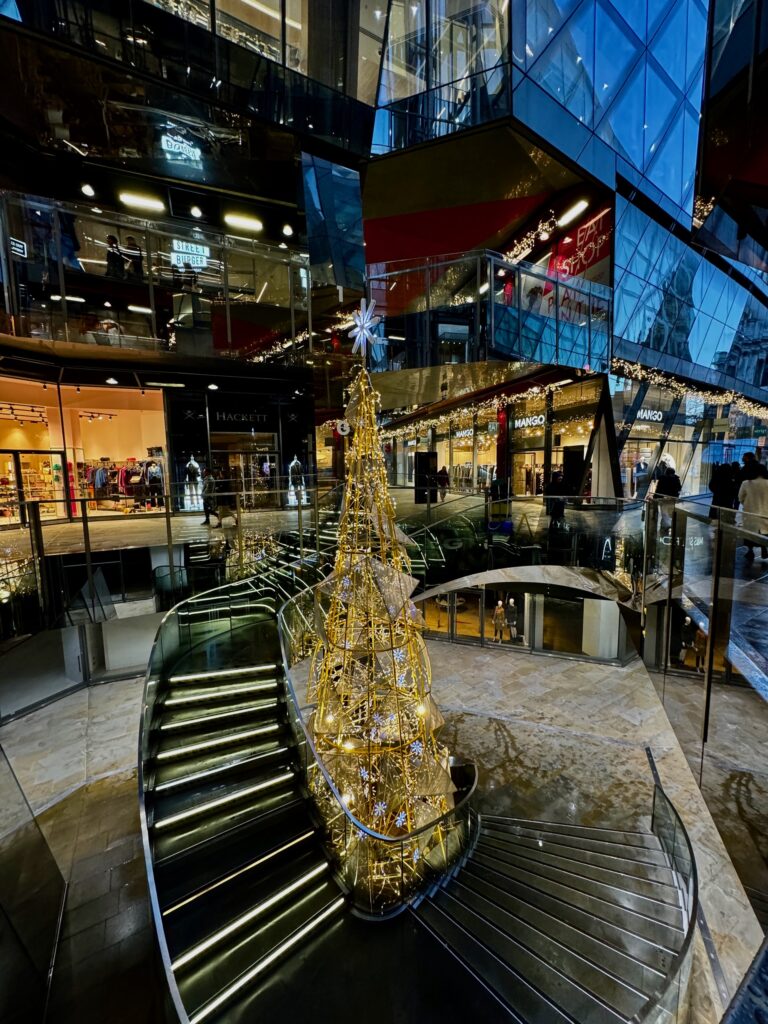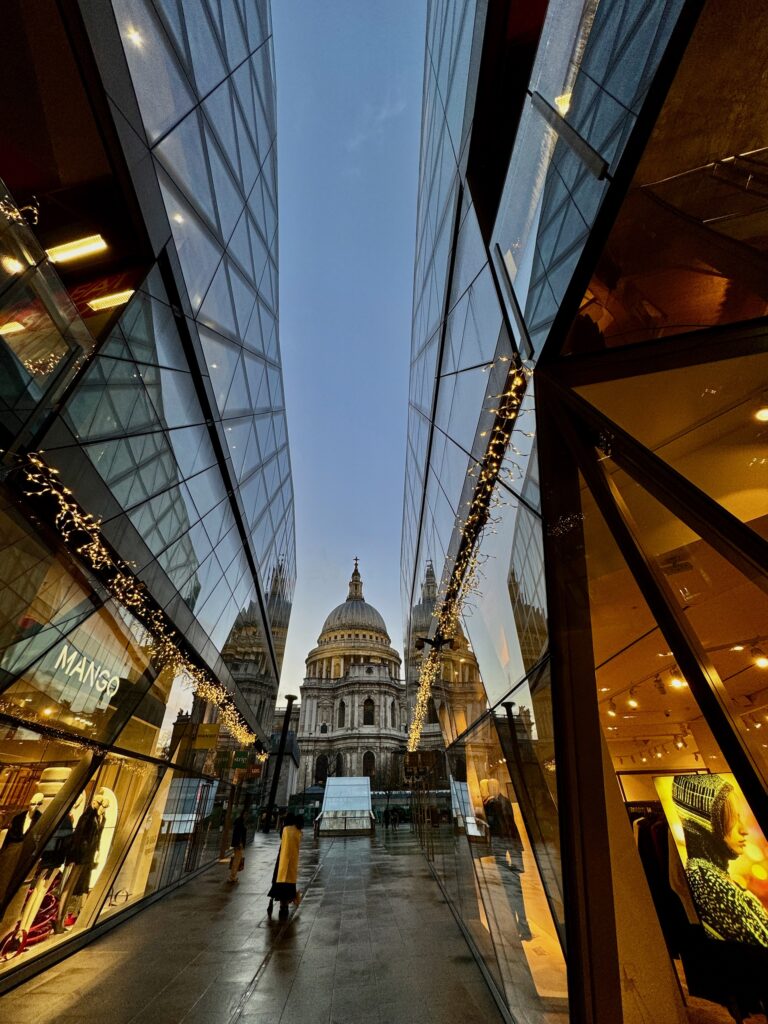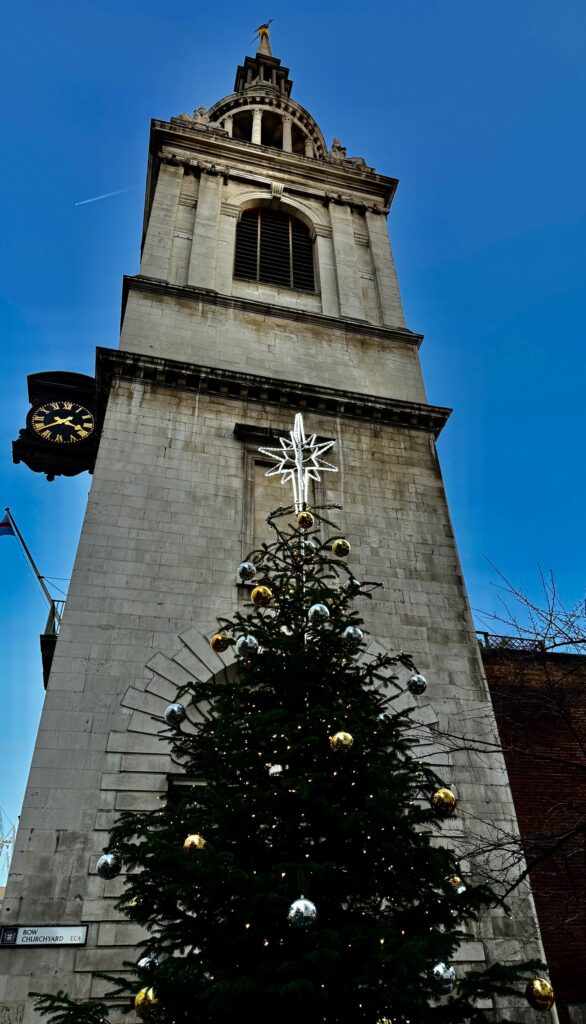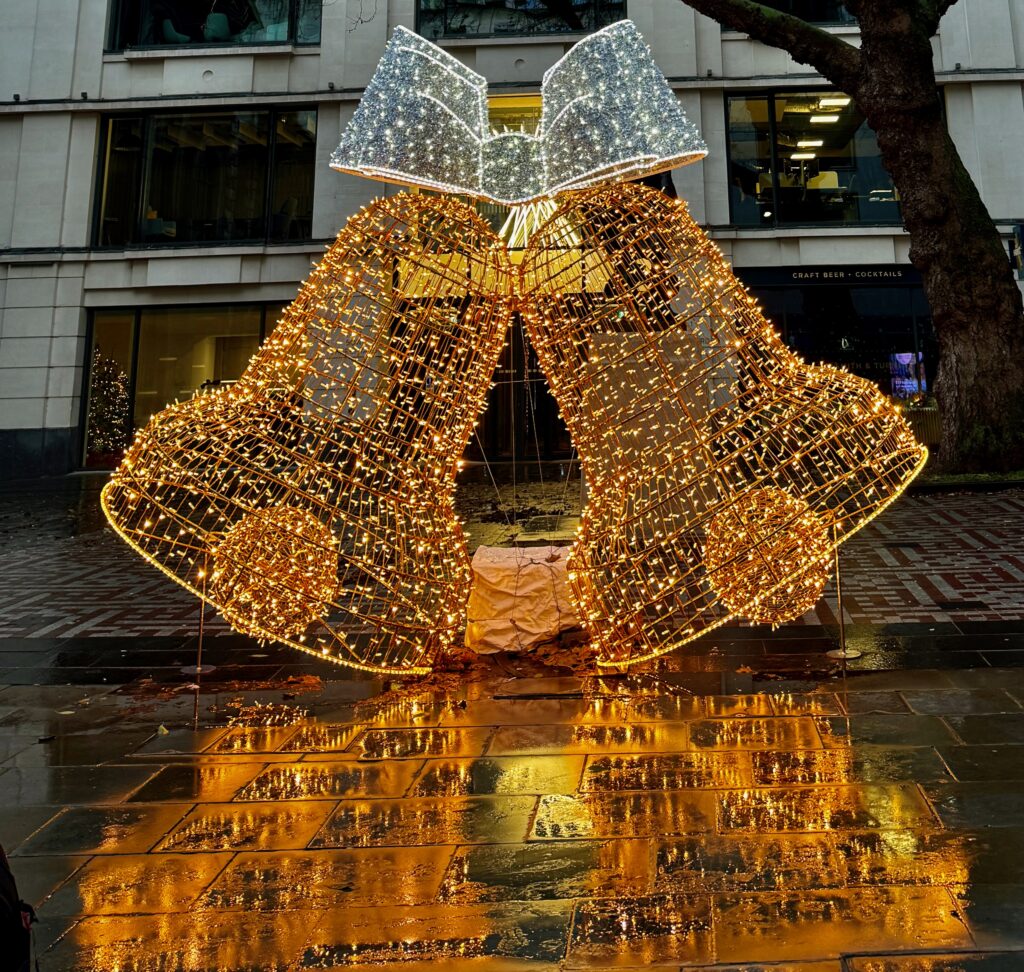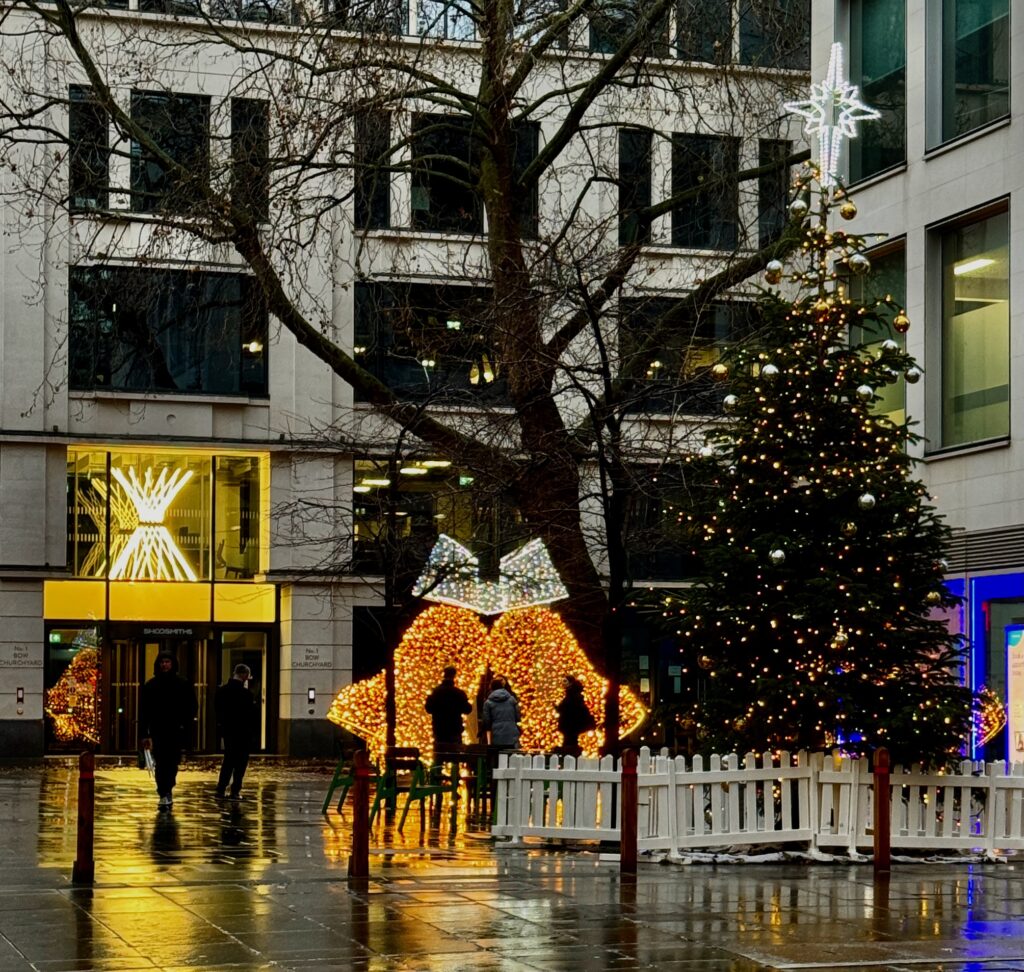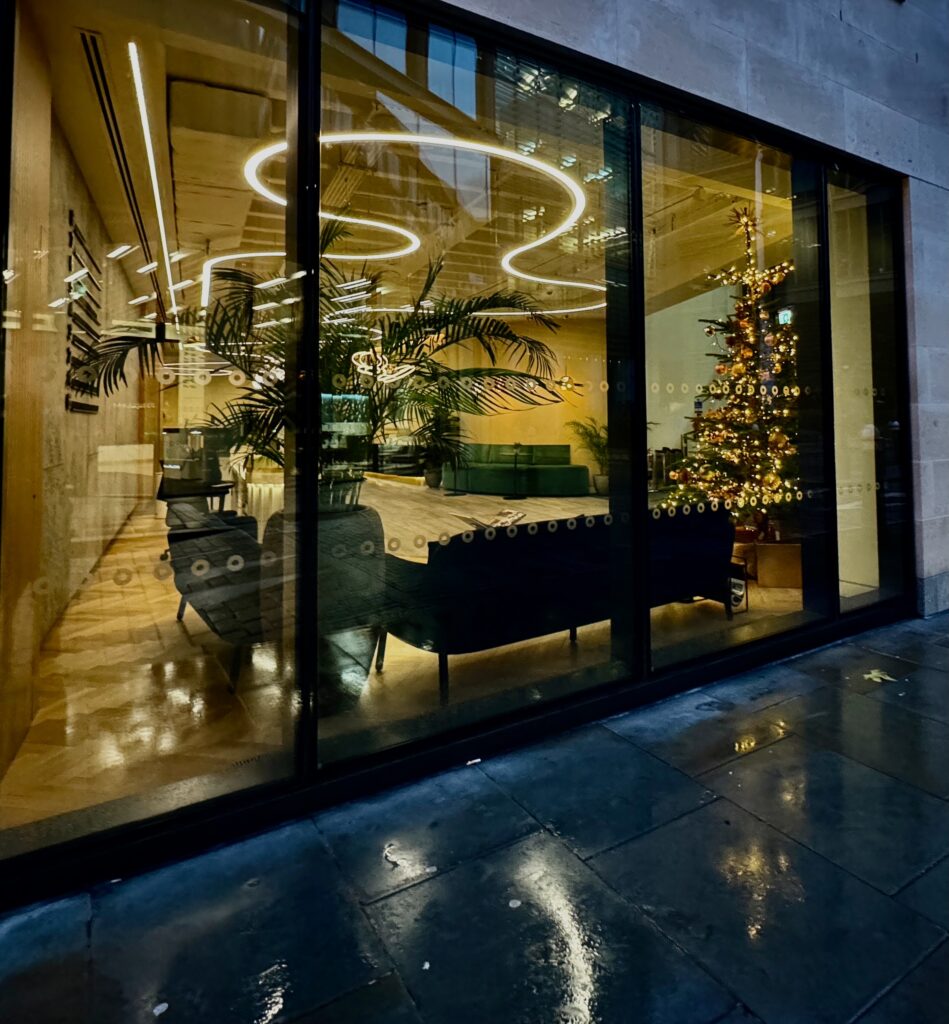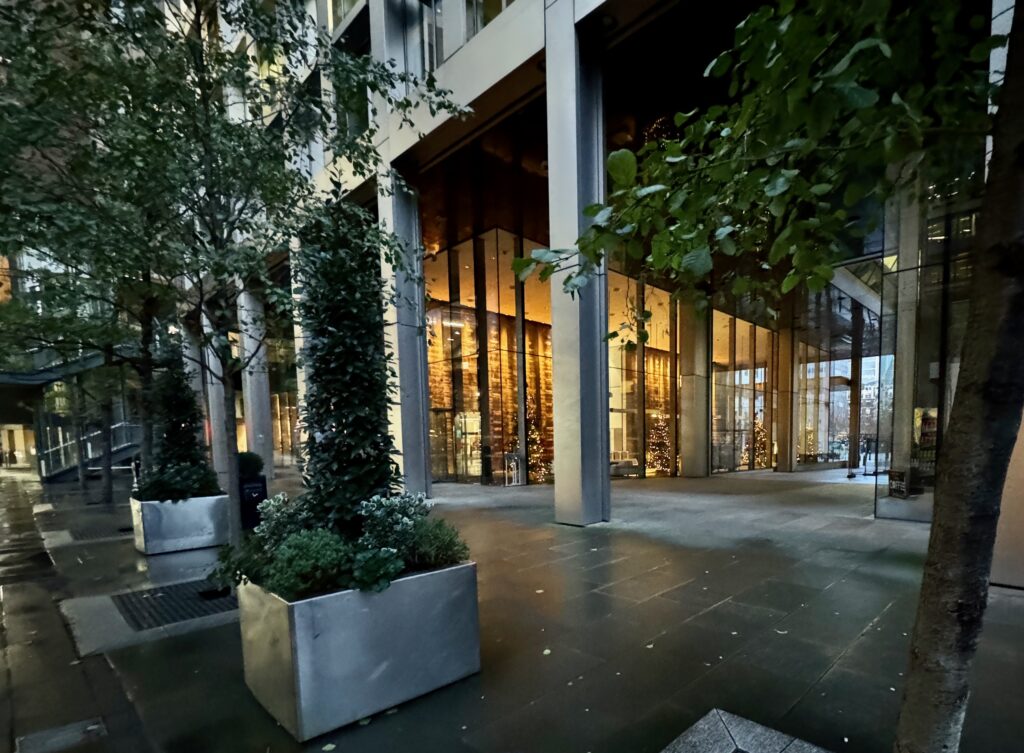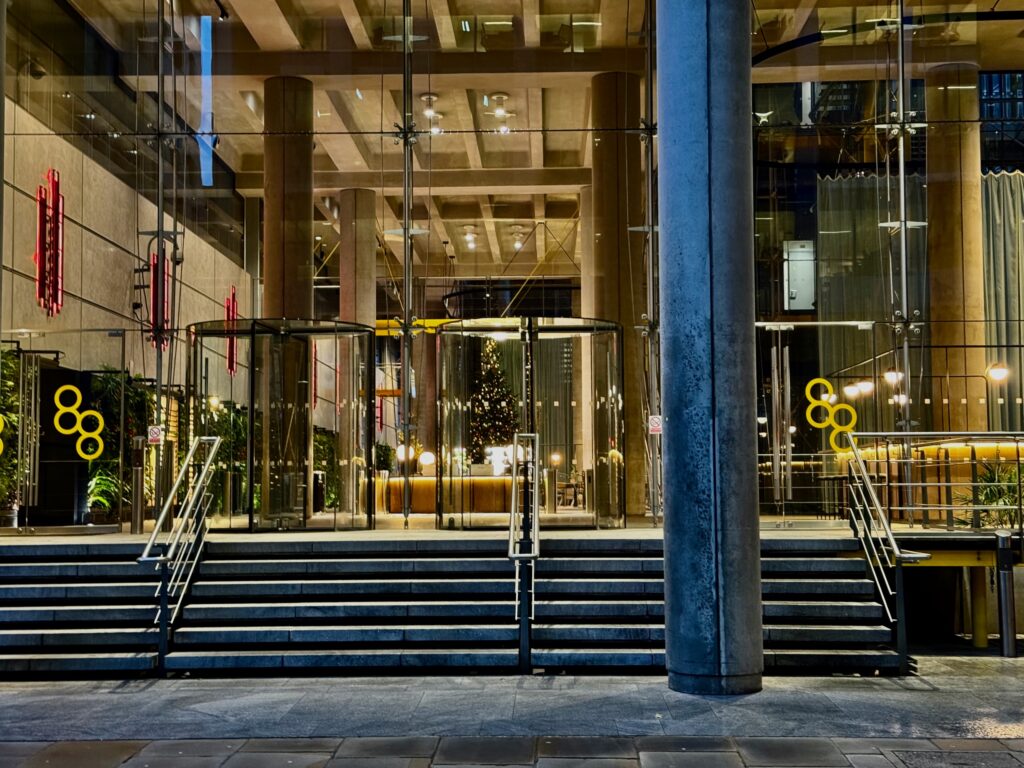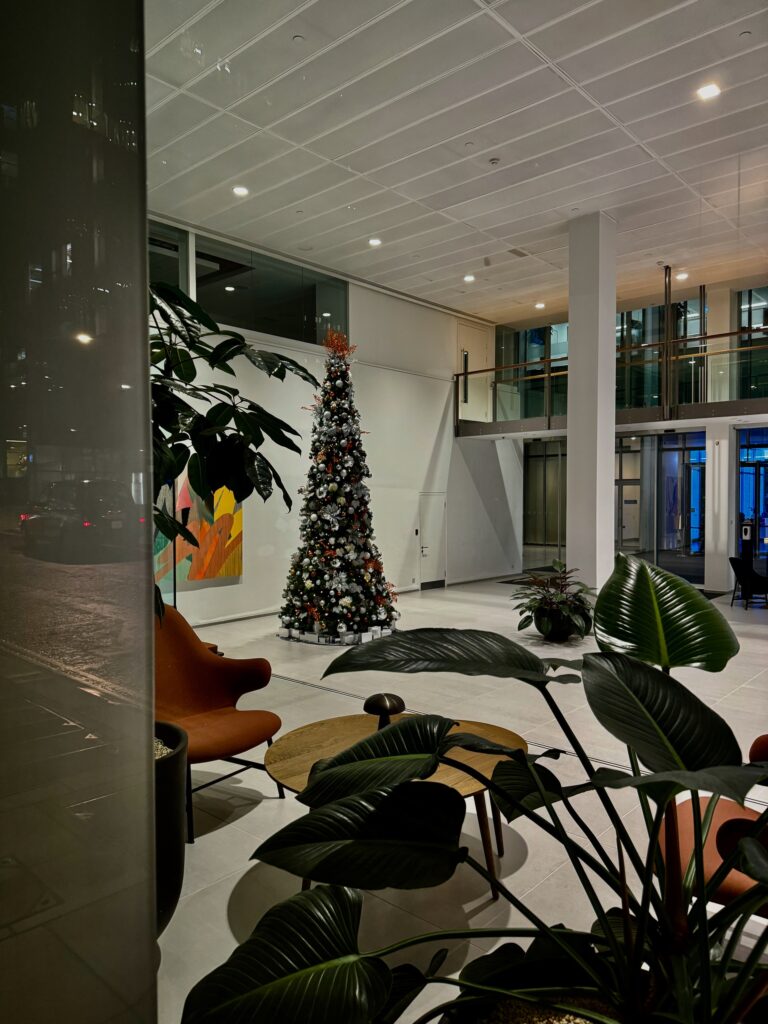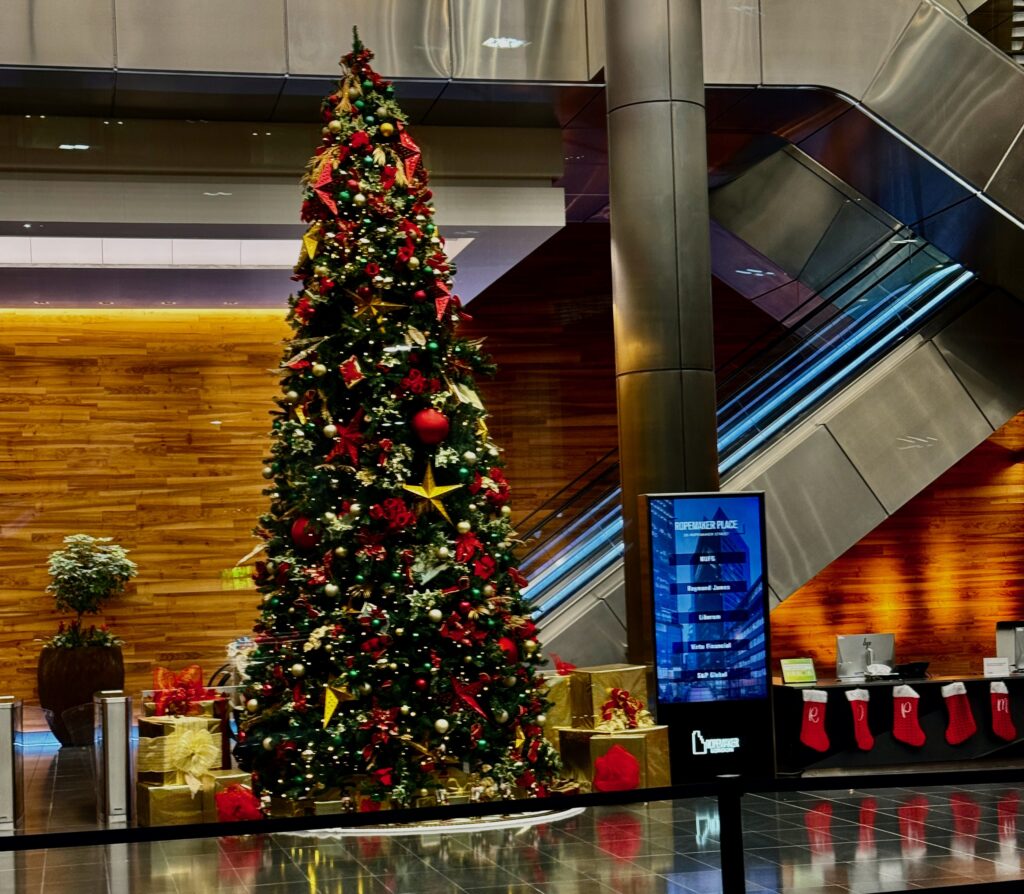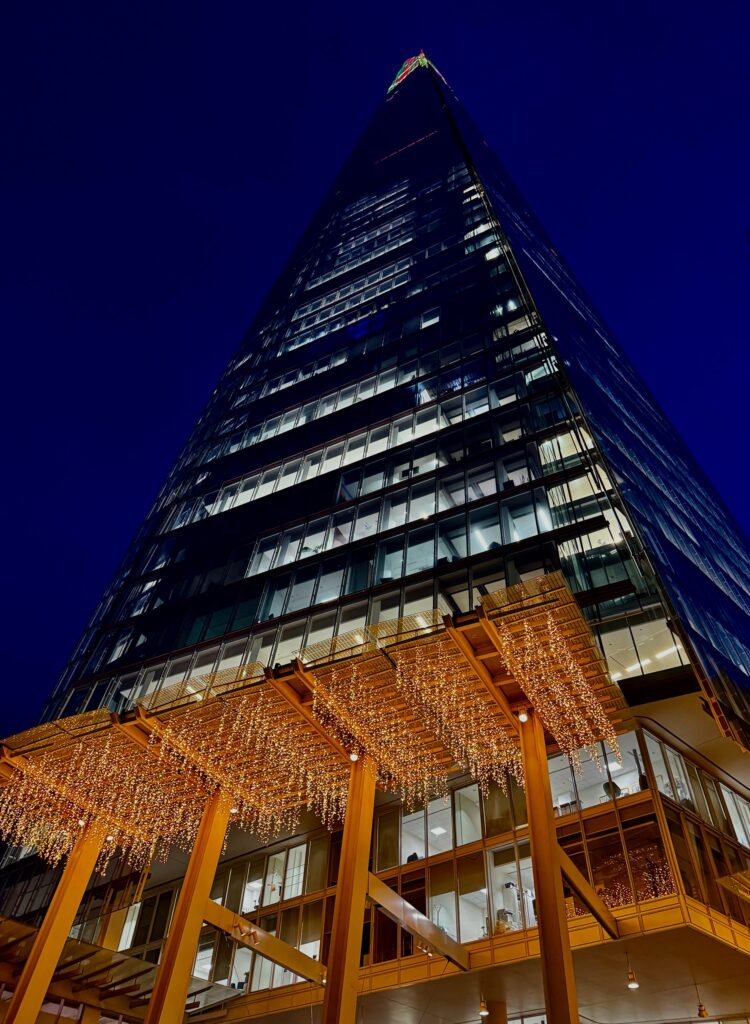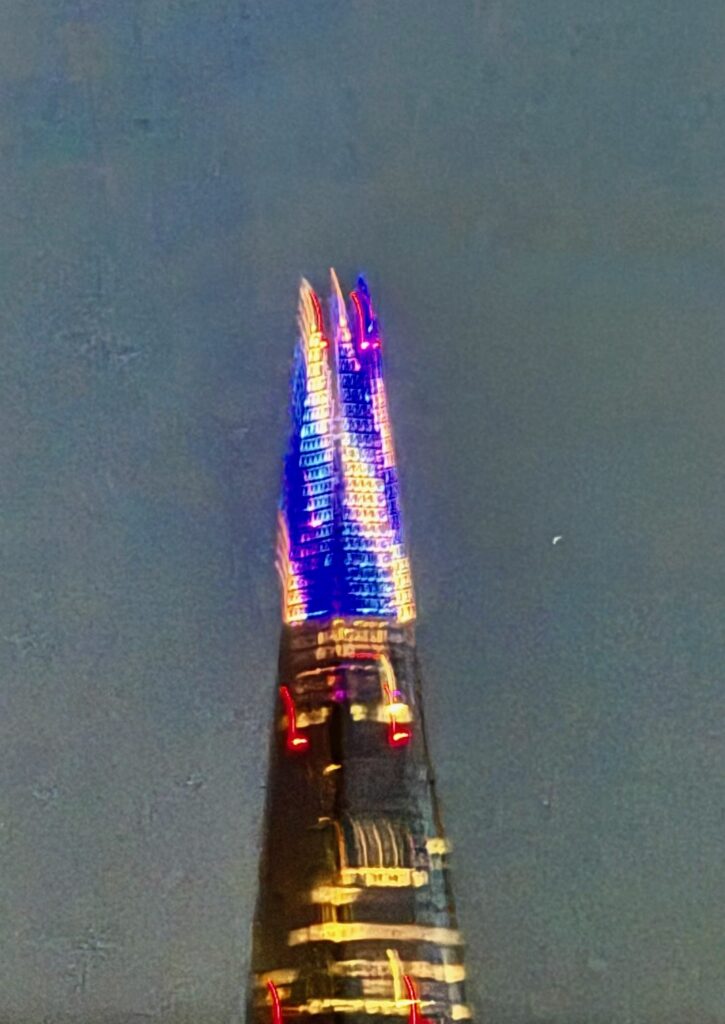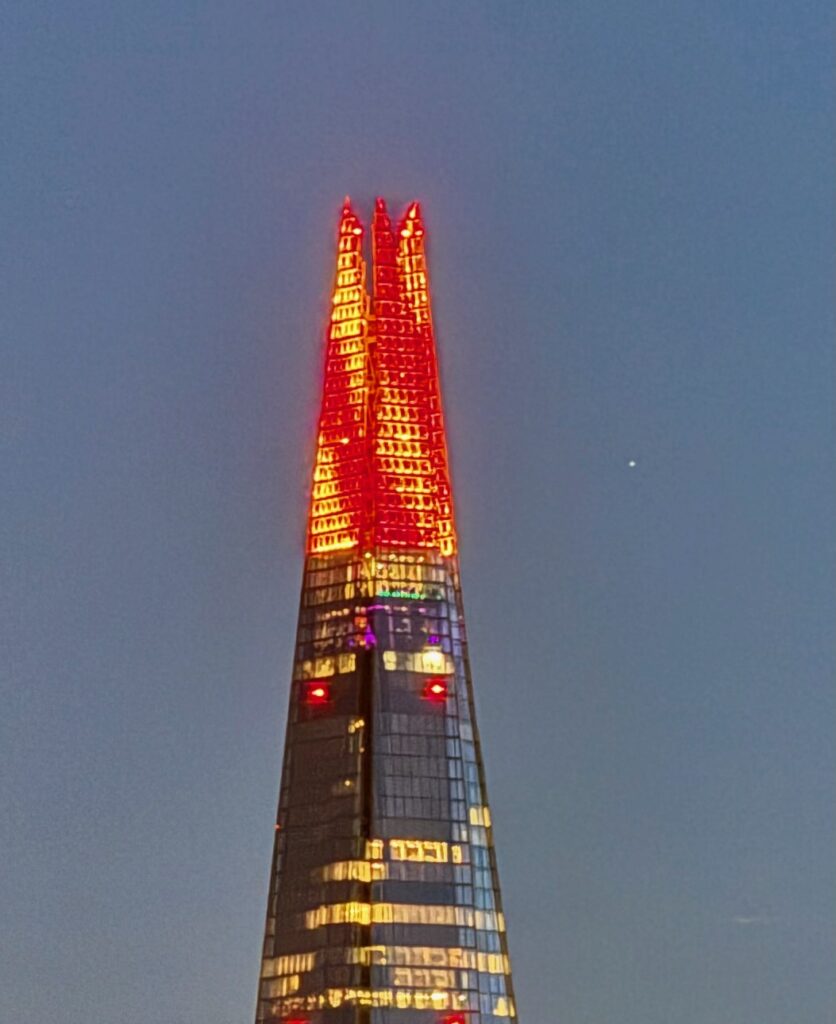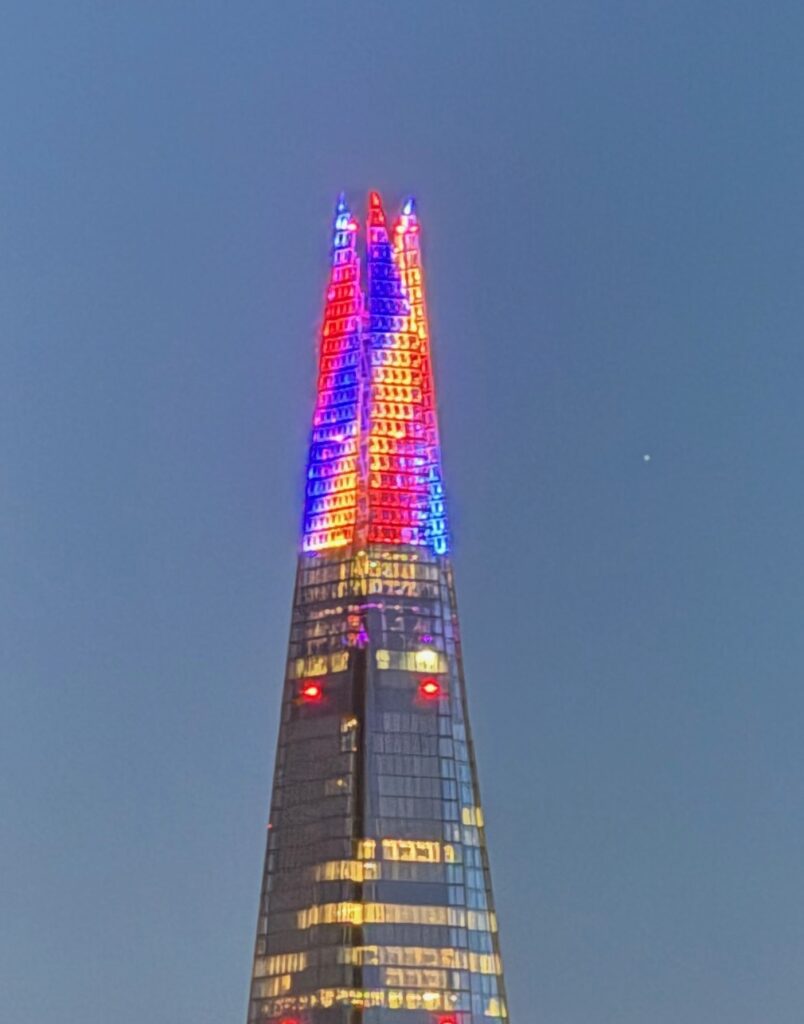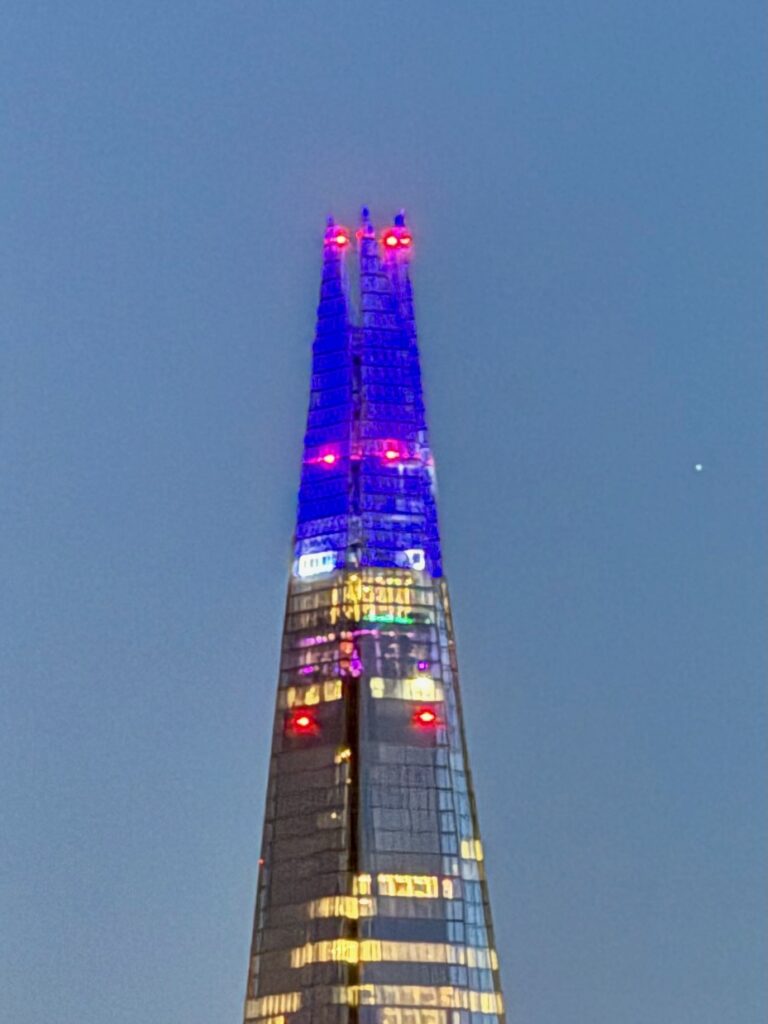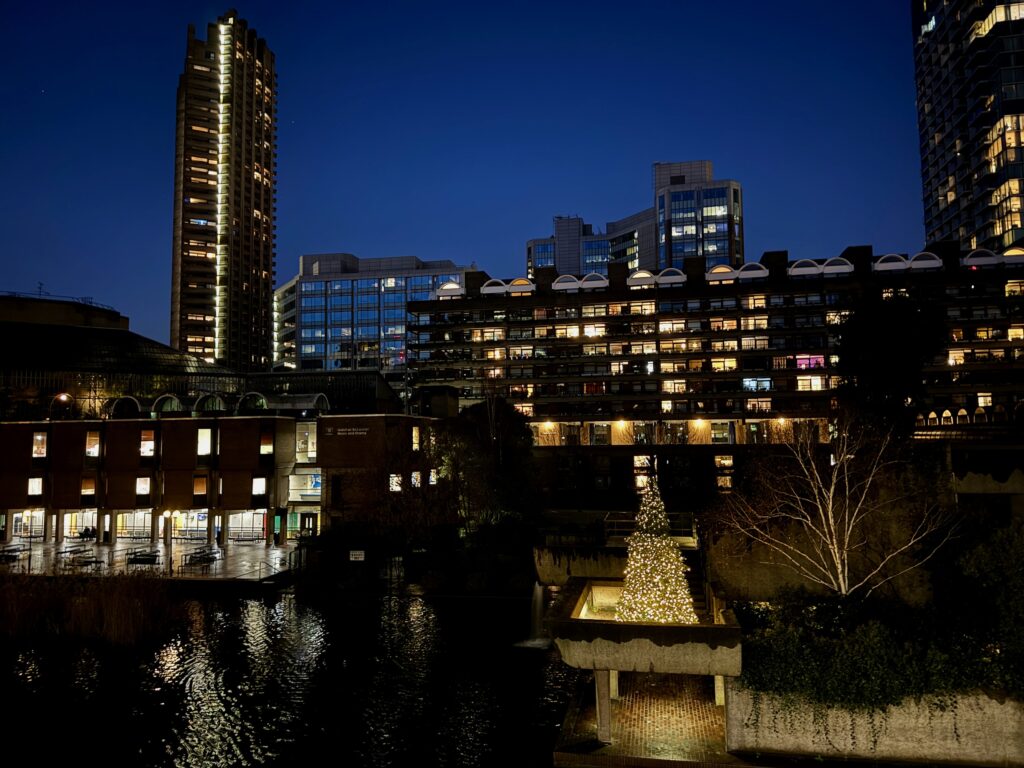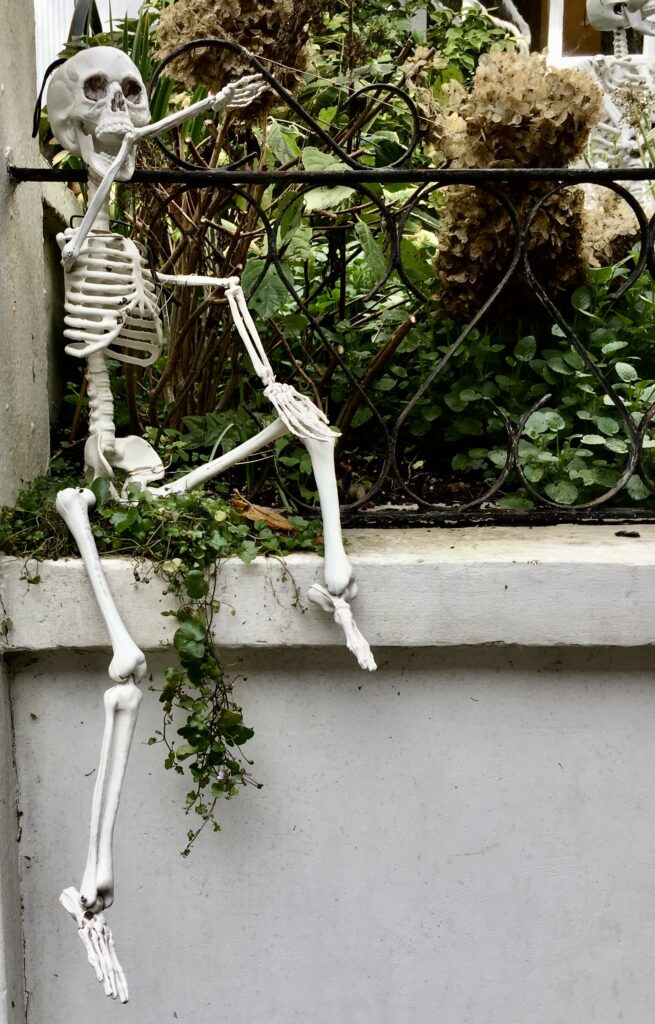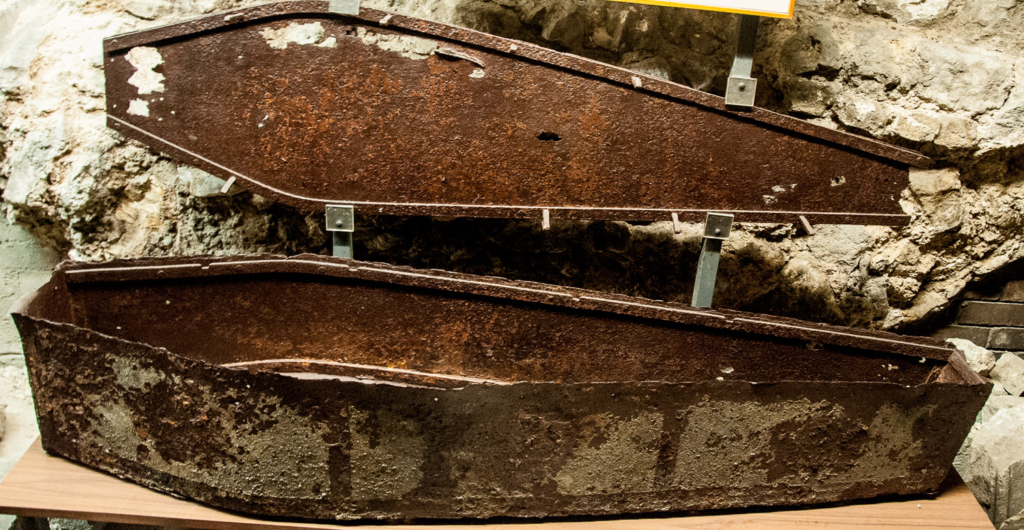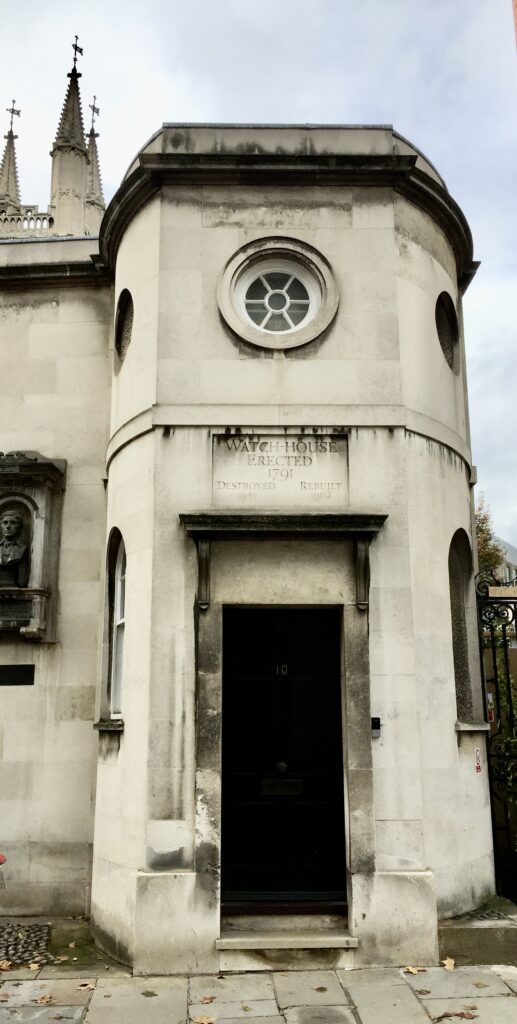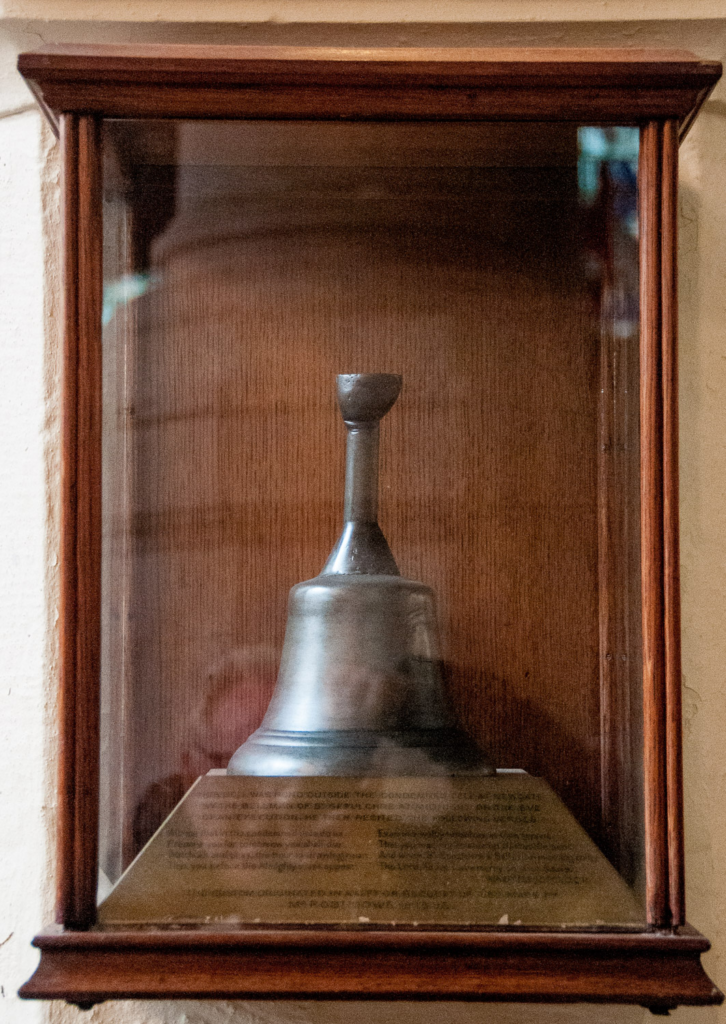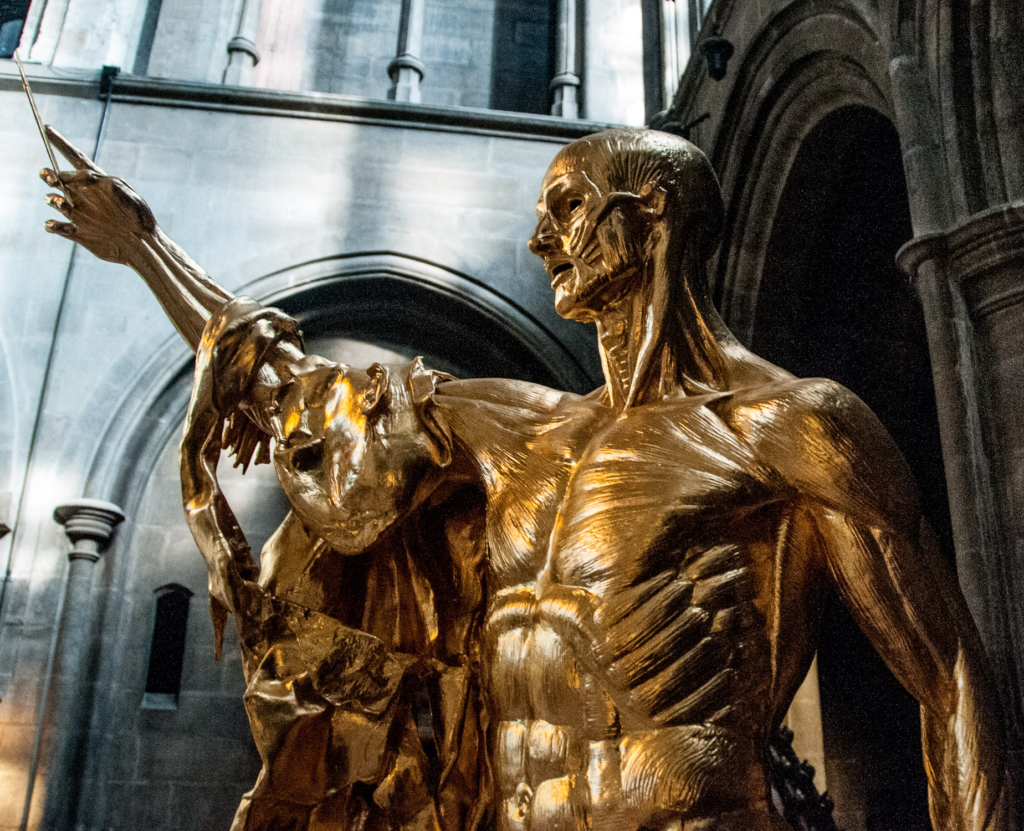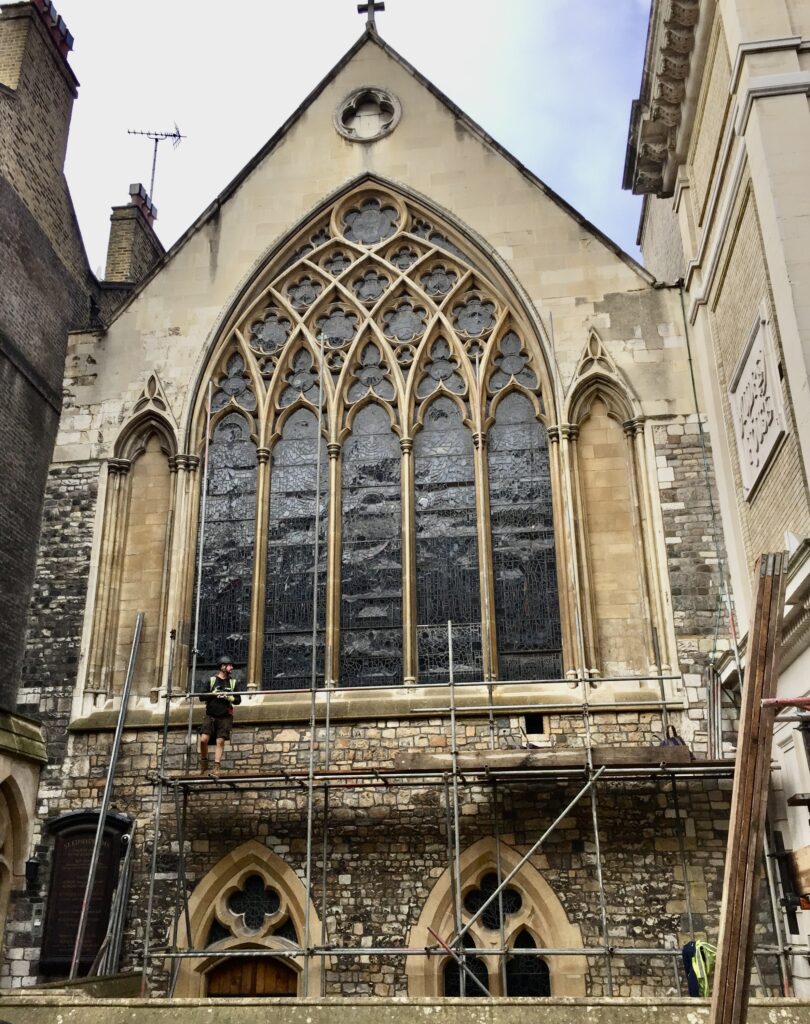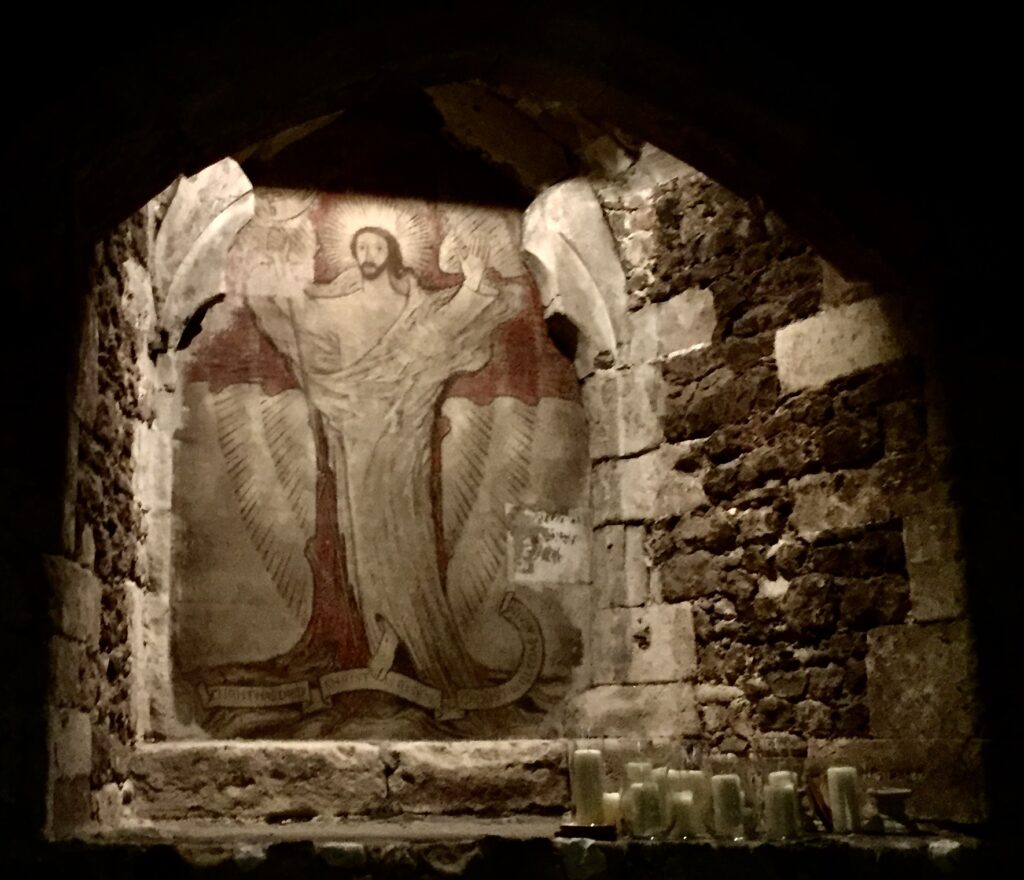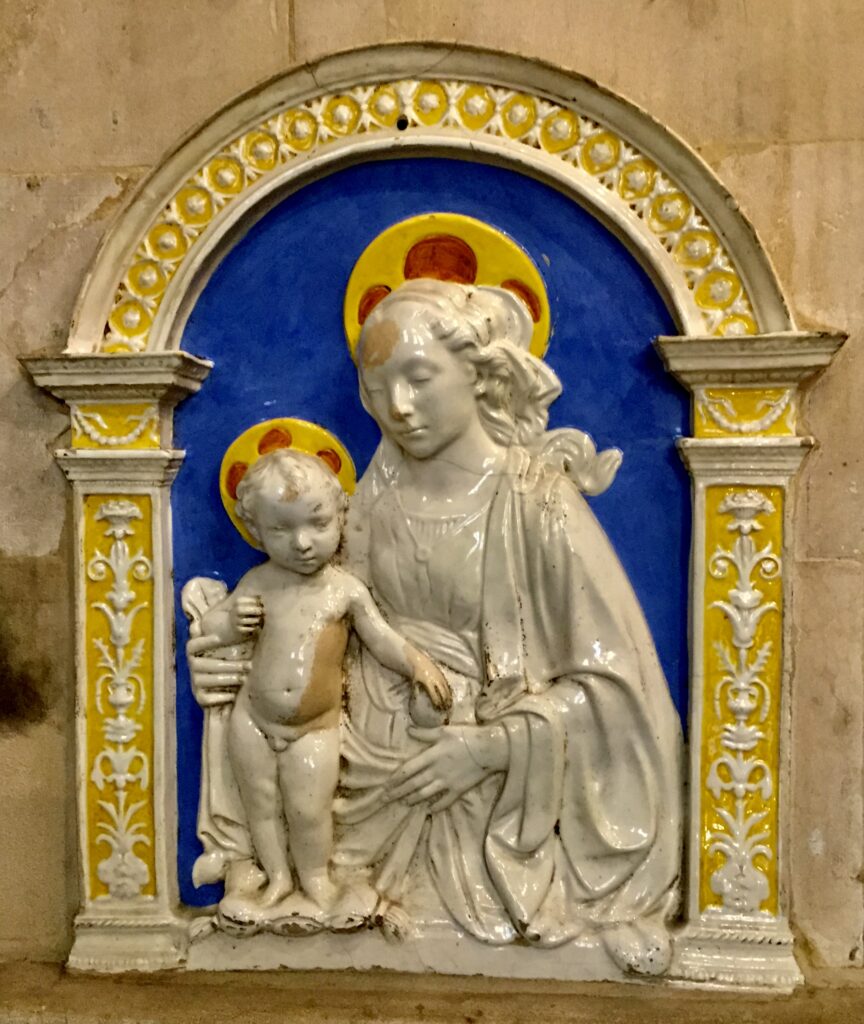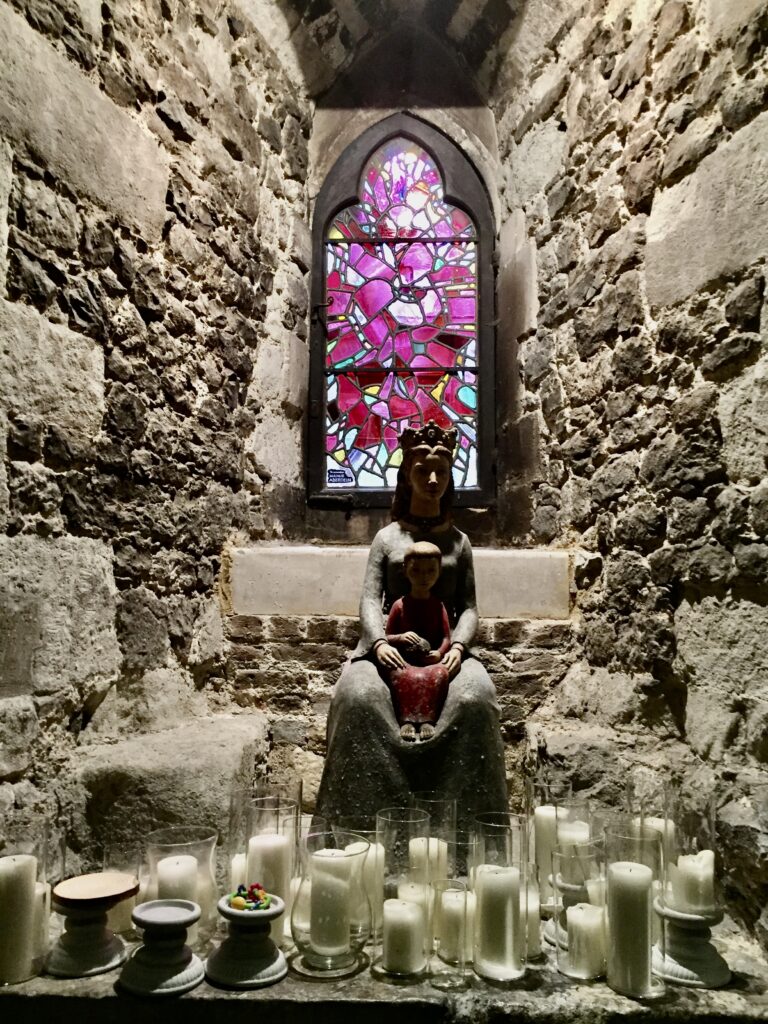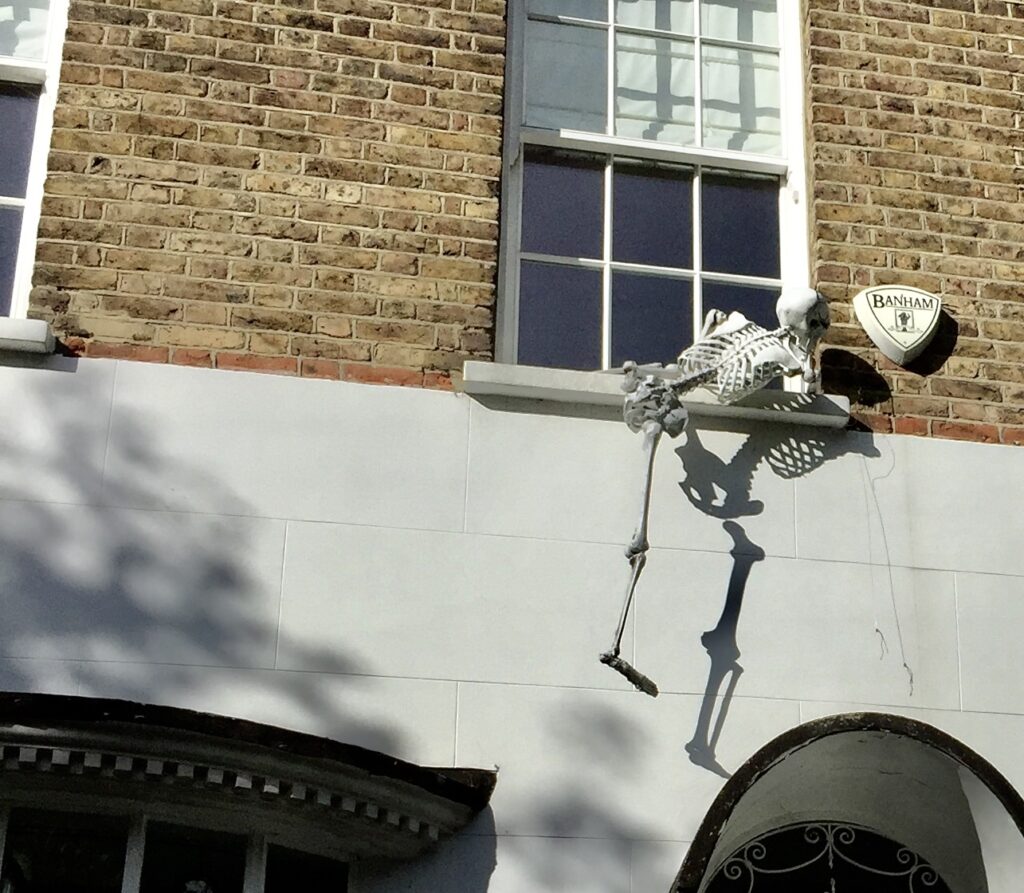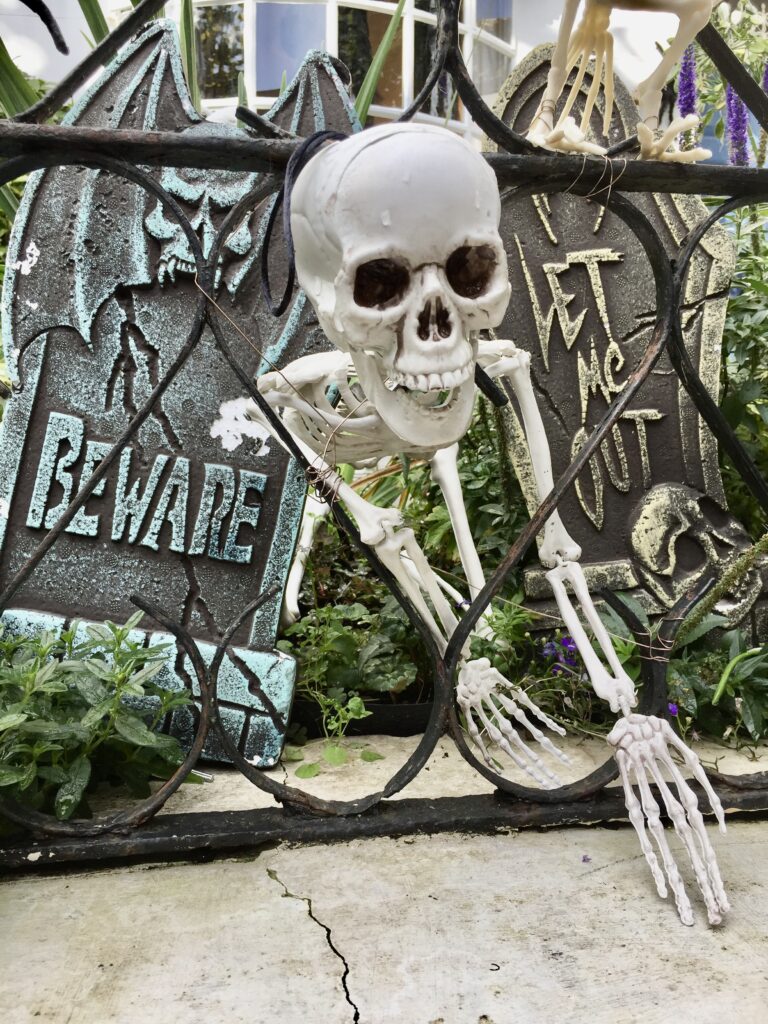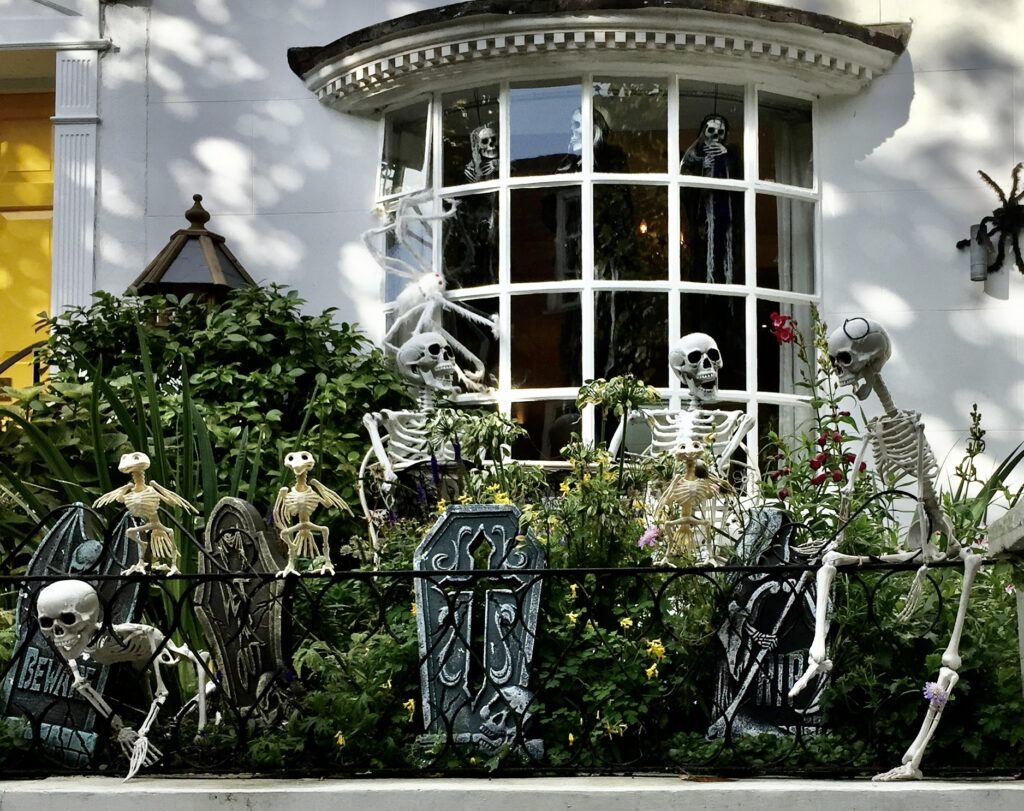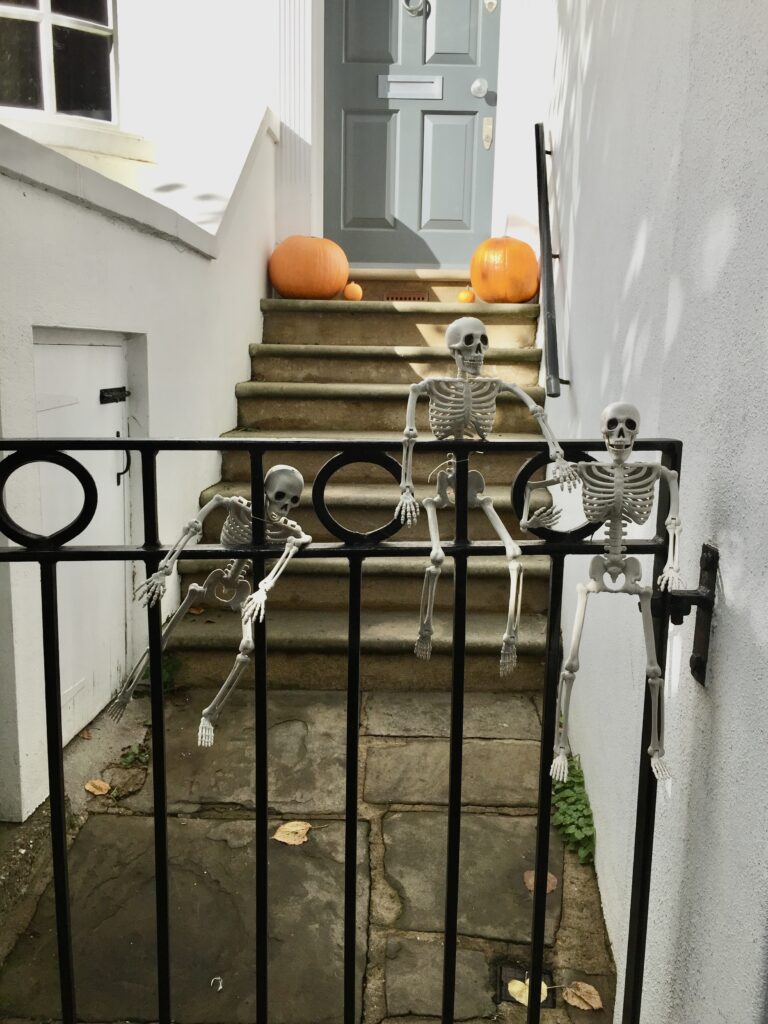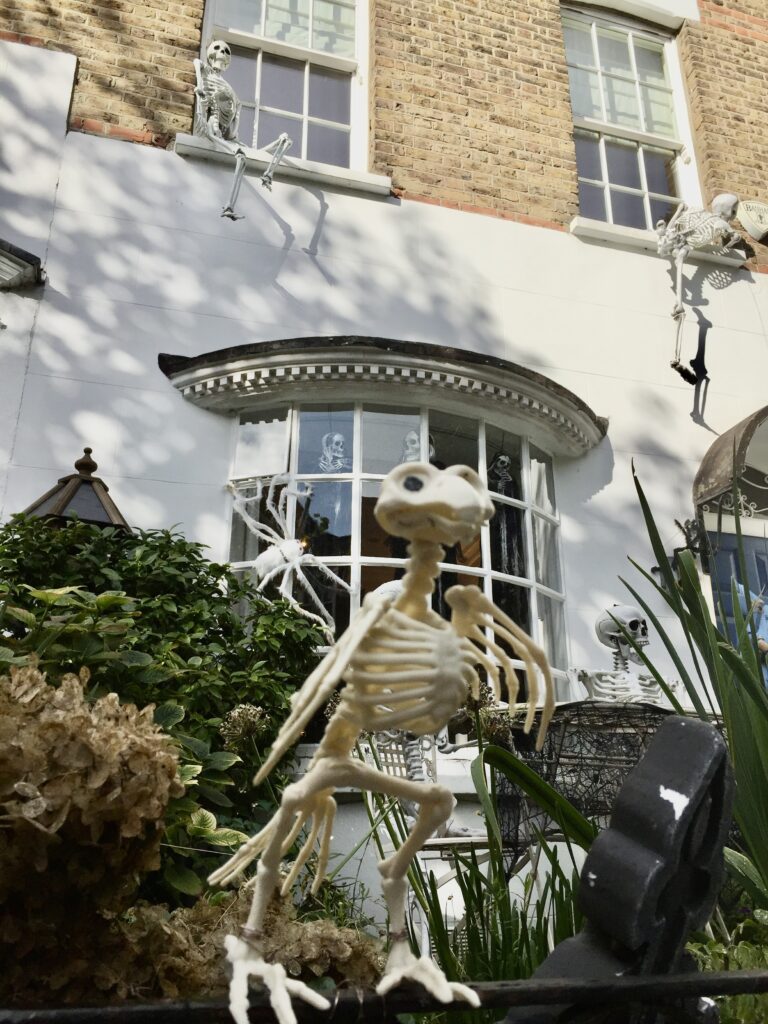I take lots of pictures as I stroll around London and not all of them make their way into a blog. As I looked through images from the last six months or so I decided to publish a selection of the ones I liked most and hope you enjoy looking at them too.
I’ll start with one of my strangest encounters, the Golden Confessional Booth in the Bishopsgate Institute …
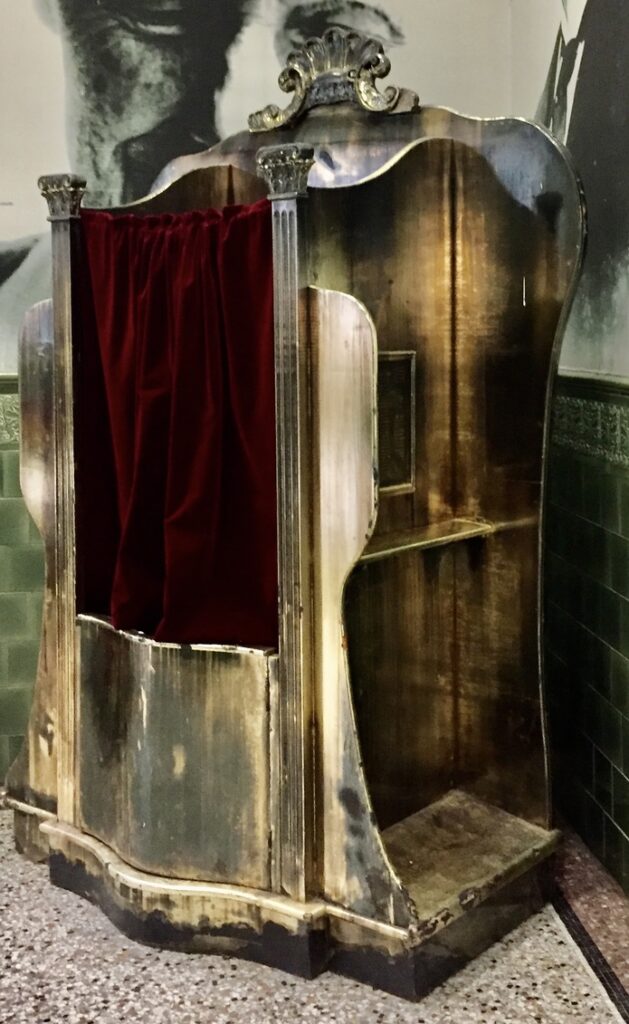
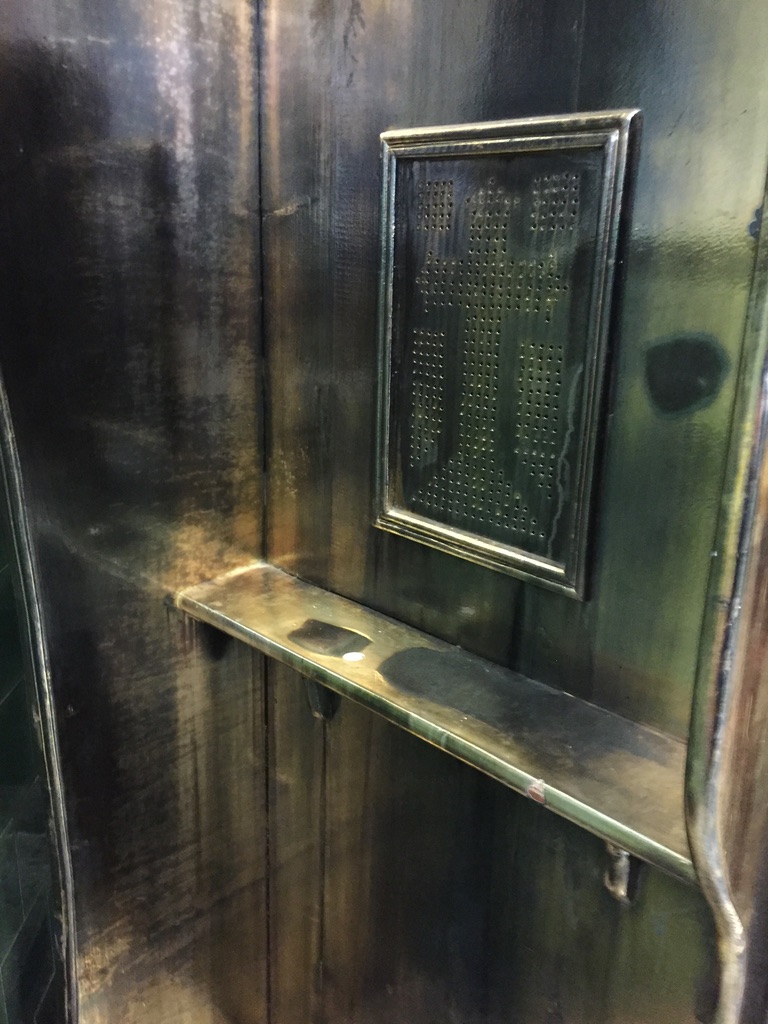
It was donated to the Institute by the artist Franko B in 2022. You can read more about him and the archive held at the Institute here.
If bollards have to be installed they might as well be pretty …
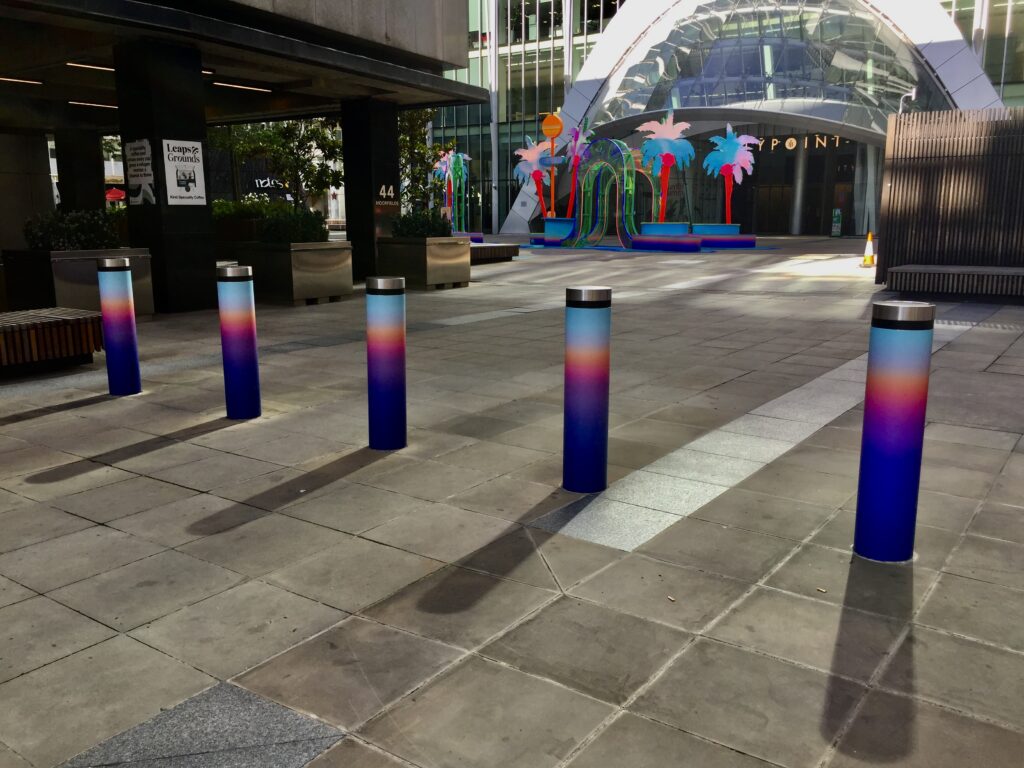
The Goldsmith’s Company leopard at the entrance to their garden on Gresham Street …
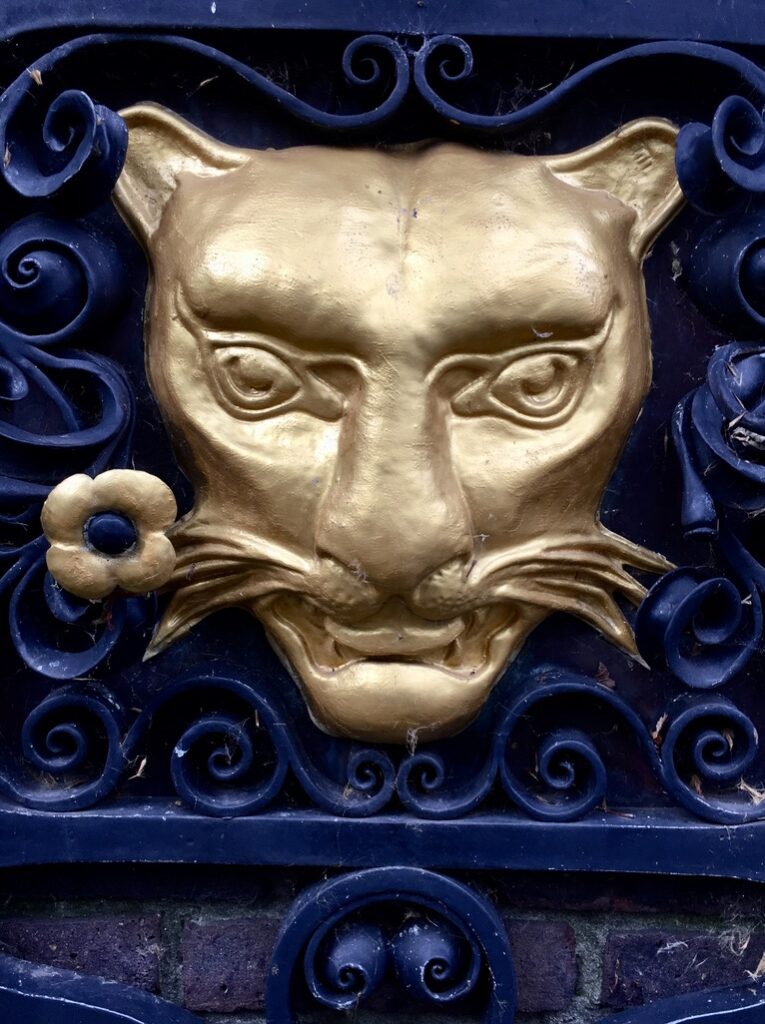
The screen in the crypt of St Pauls Cathedral …
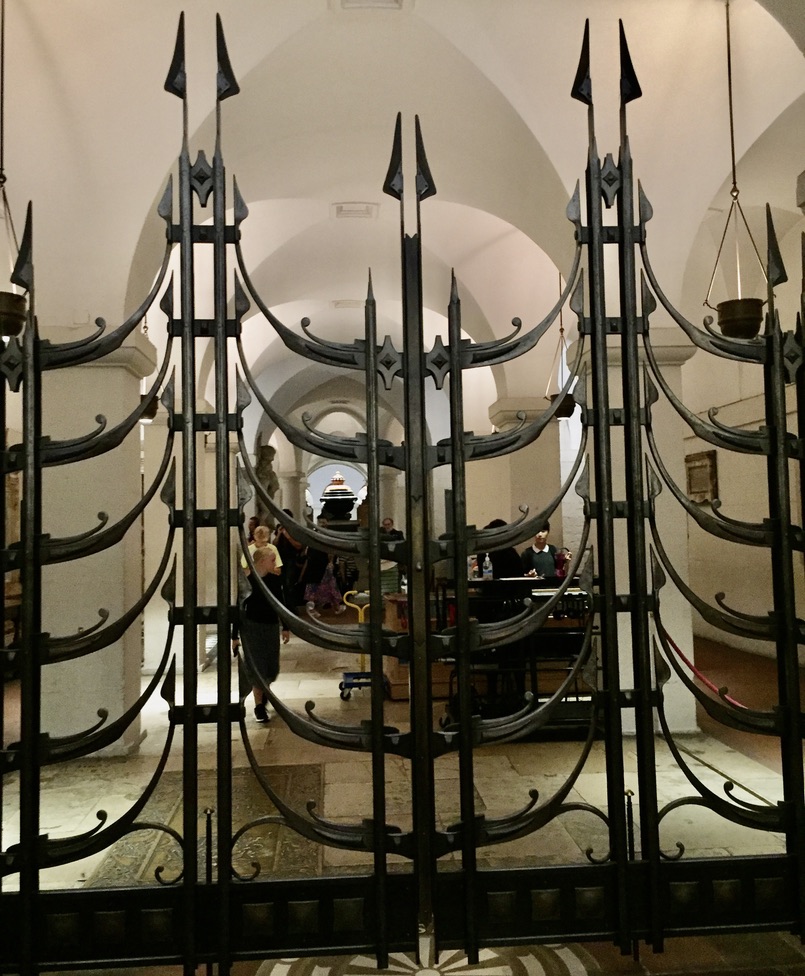
The metalwork screen, 3.50 m high x 8 m wide, spans the Crypt of St Paul’s Cathedral, It stands as a permanent memorial to Sir Winston Churchill, the third great national hero to have a state funeral at the Cathedral, alongside those of the Duke of Wellington and Lord Nelson.
I never get tired of photographing the Cathedral …
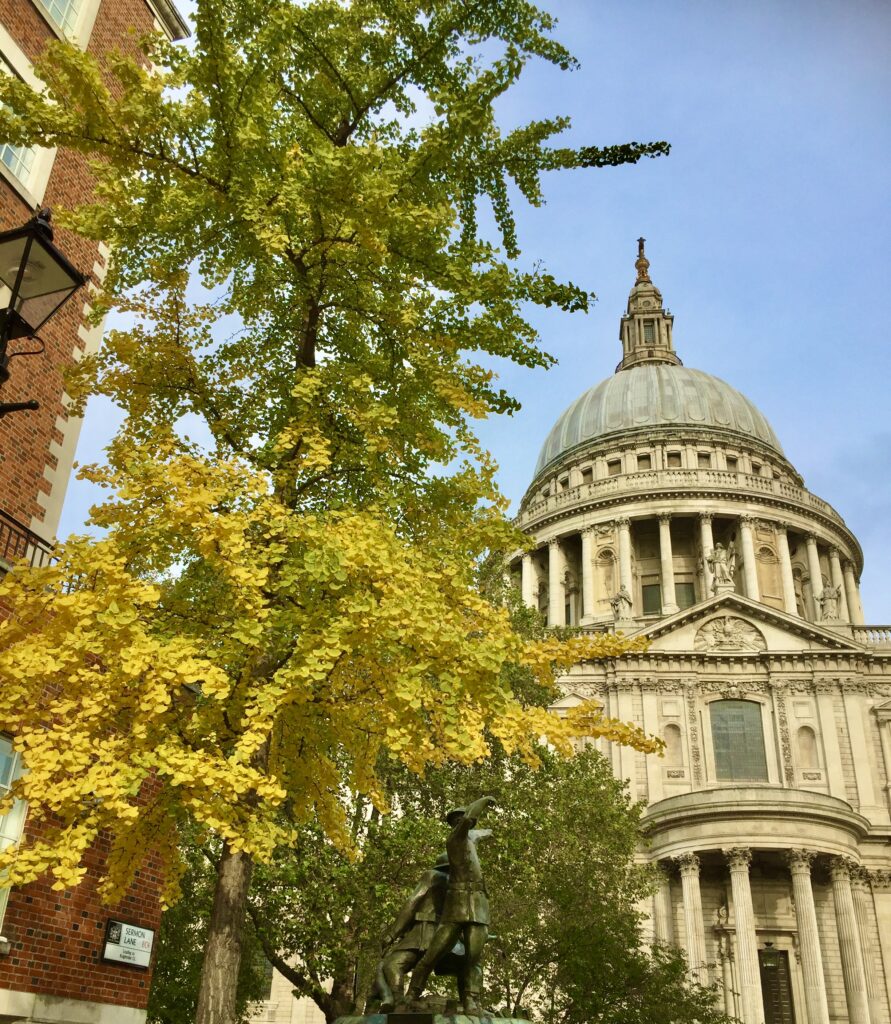
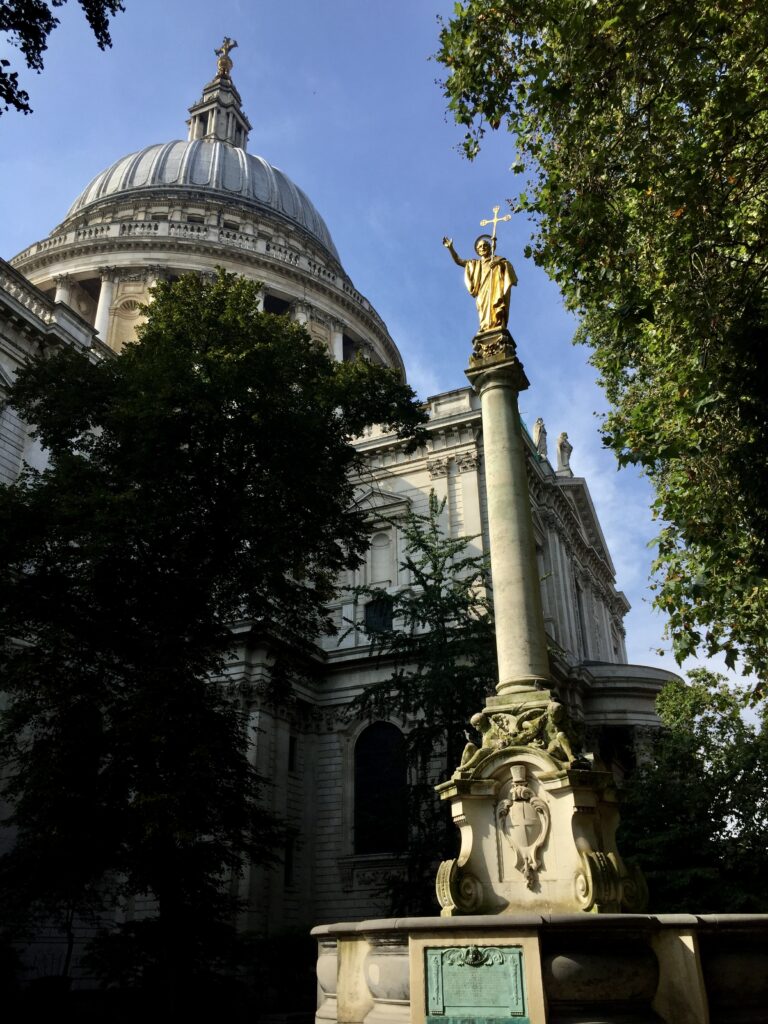
A stroke of planning genius putting a water feature here …
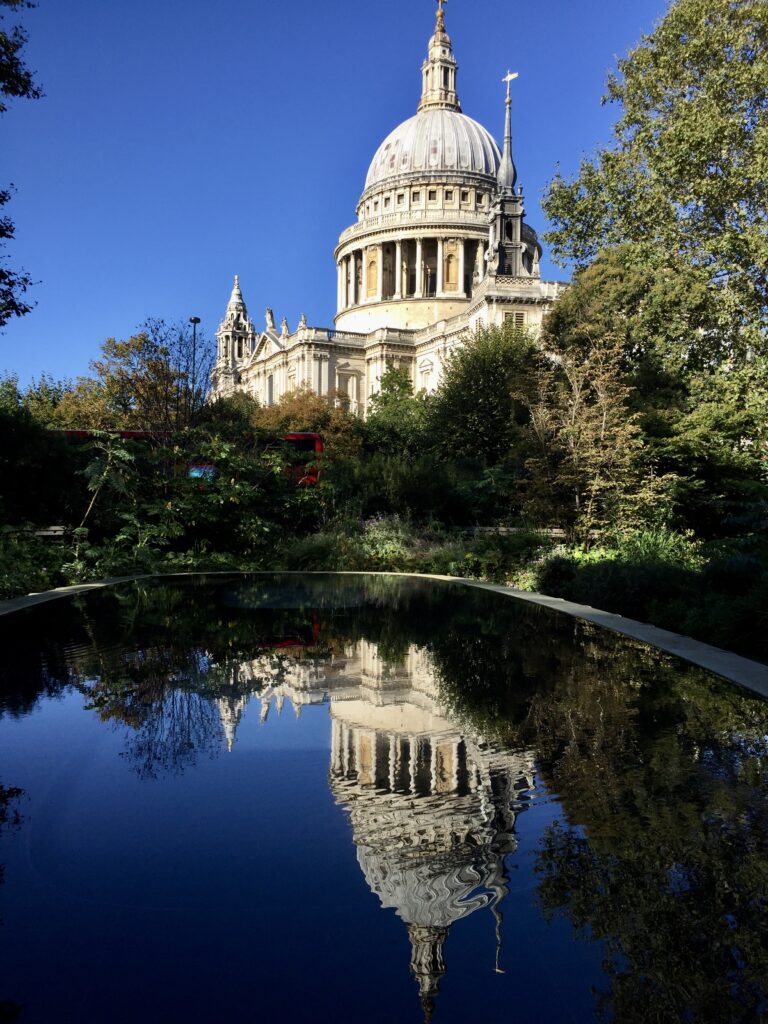
Outside St Thomas’ Hospital, Edward VI looks in good shape considering how long he’s been in the open air …
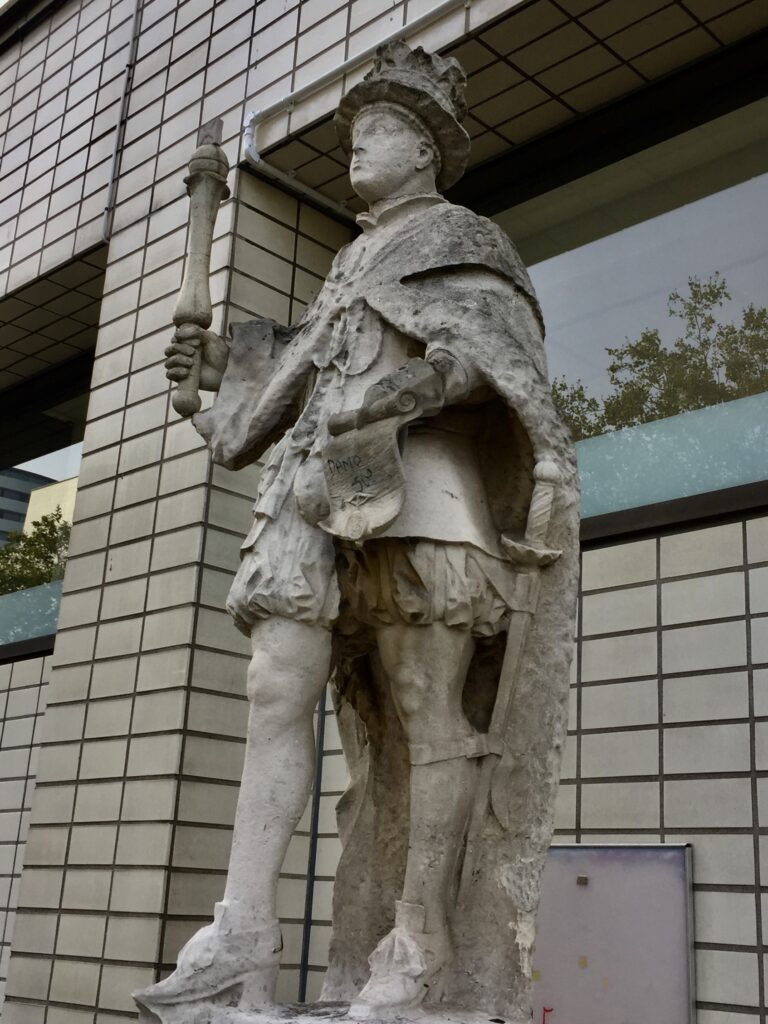
It’s one of two statues of the king at the hospital, both commemorating his re-founding of the institution in 1551. This one was carved by Thomas Cartwright in 1682 and originally formed the centrepiece of a group of figures which adorned a gateway on Borough High Street. It was moved to its current location in the 20th century.
Old gravestones in Postman’s Park …
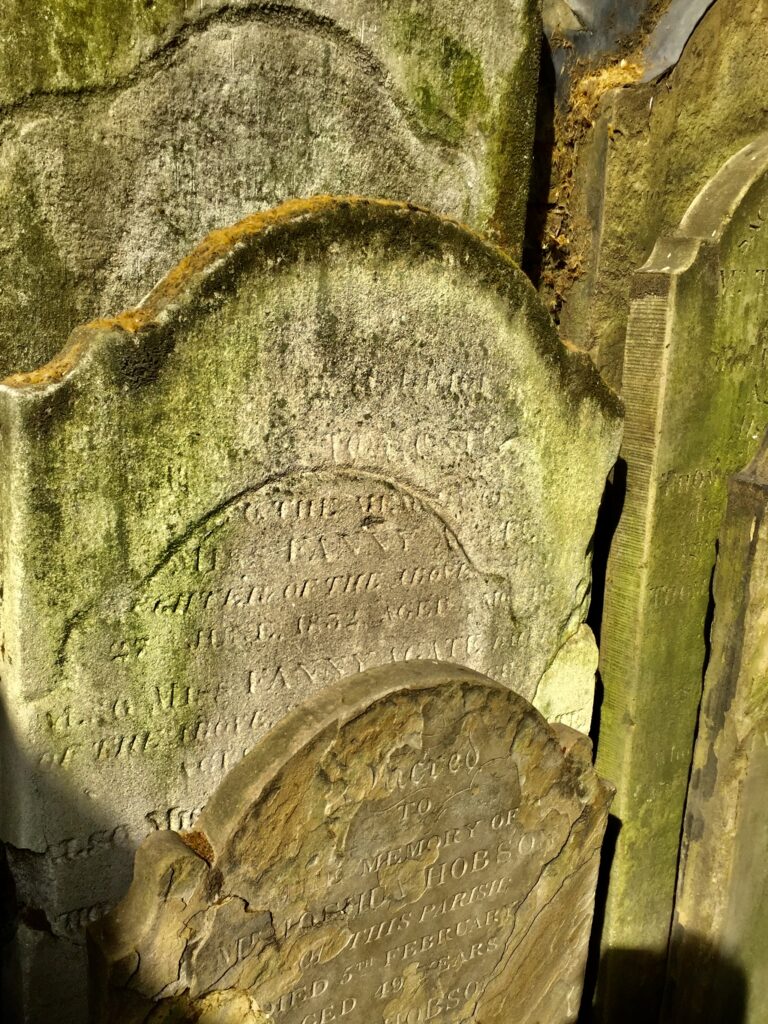
According to the estimable Percy Rushen, the full inscription on the stone in the middle reads ‘FANNY wife of WILLIAM SNOWLEY of the parish, died 22 November 1847 aged 48’. The one in front is the marker for ‘JOSHUA HOBSON, of the parish, died 5 February 1833 aged 49’.
The Gothic masterpiece that is St Pancras, built 1868 …
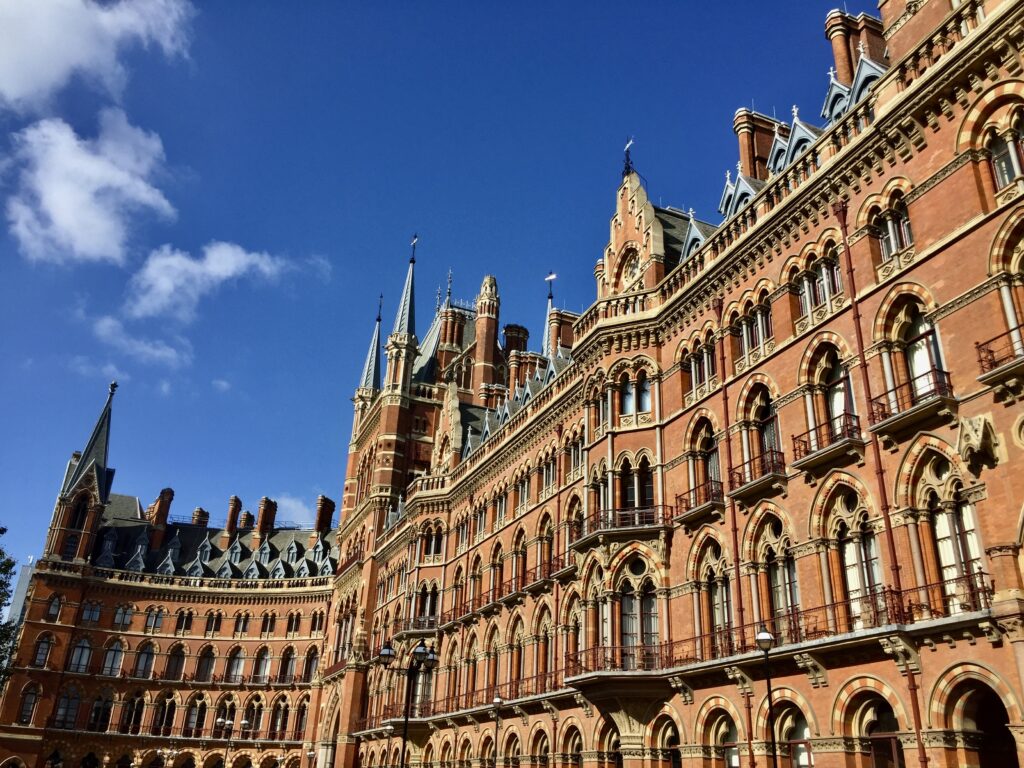
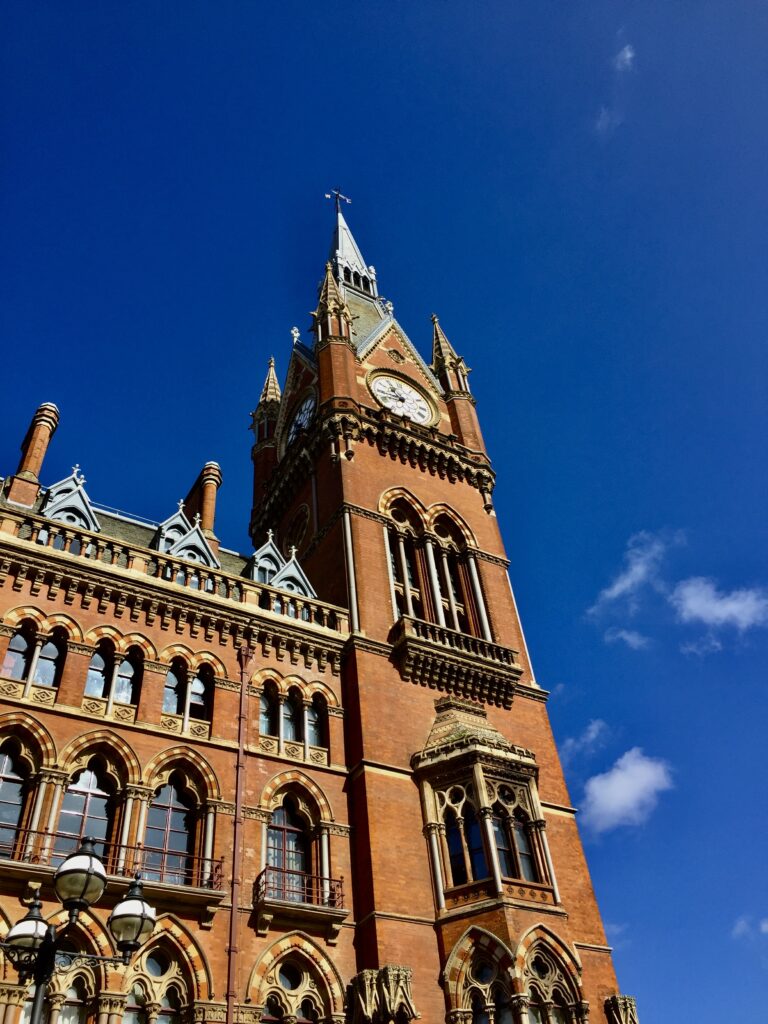
Nearby Kings’s Cross. It’s the older of the two buildings (1852) but certainly doesn’t look it …
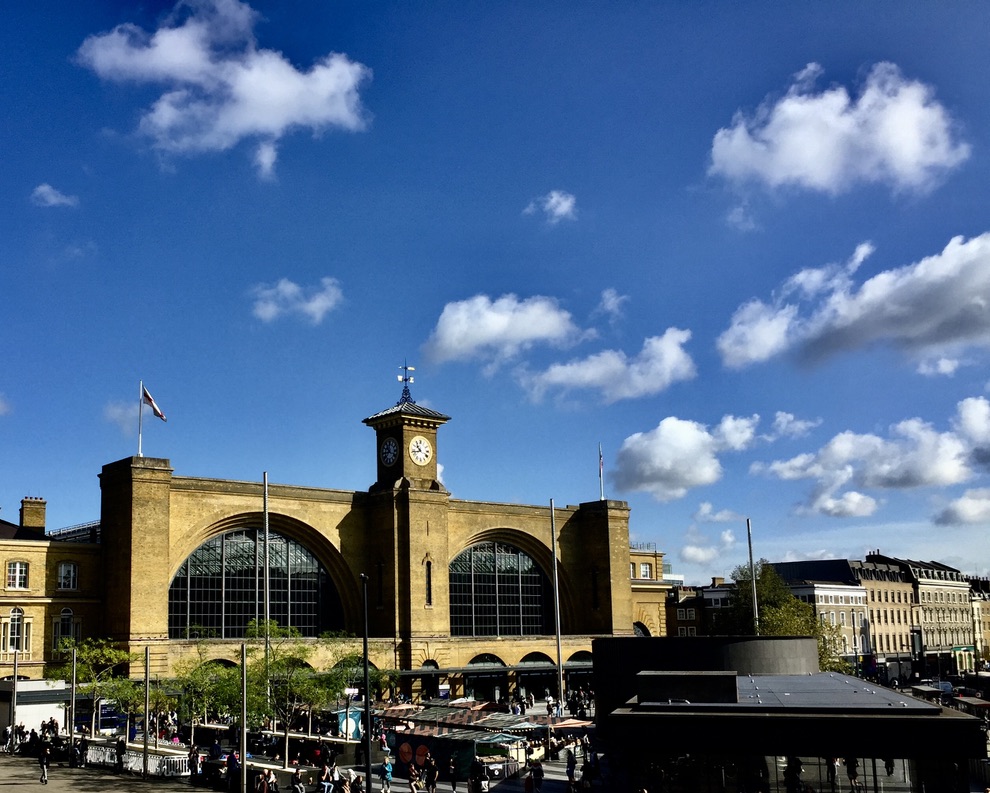
The mysterious McLaren sports car that’s been parked outside the St Pancras hotel for ages …
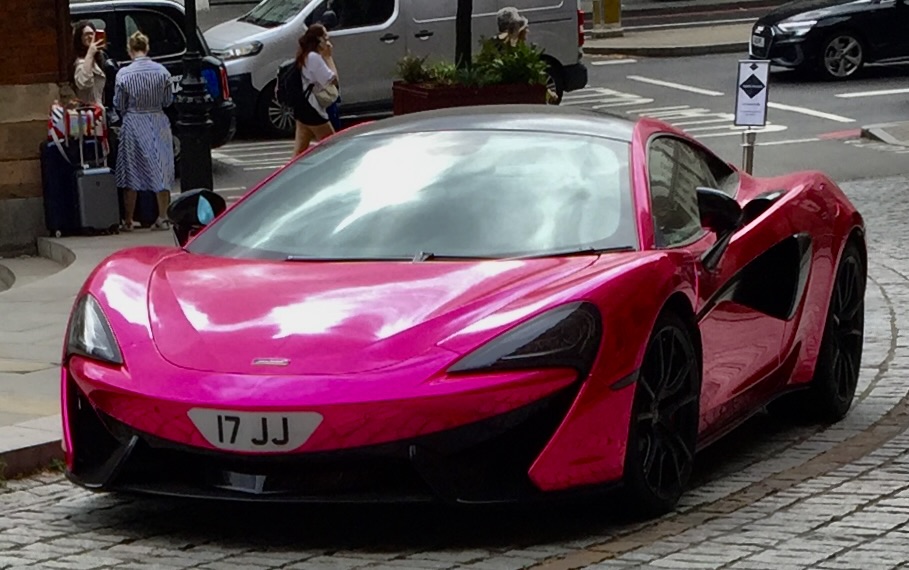
You can read more about it here.
If you order oysters at Searcey’s Restaurant at St Pancras the plate is rested on this rather special holder …
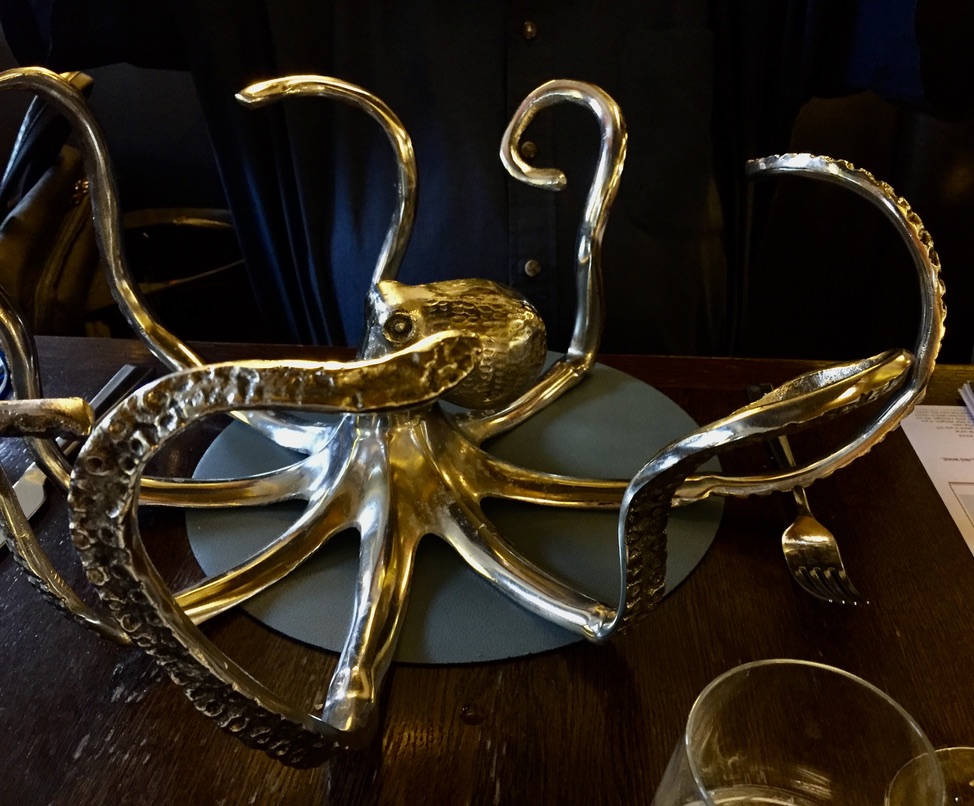
The giant gnomon on the sundial at Tower Hill …
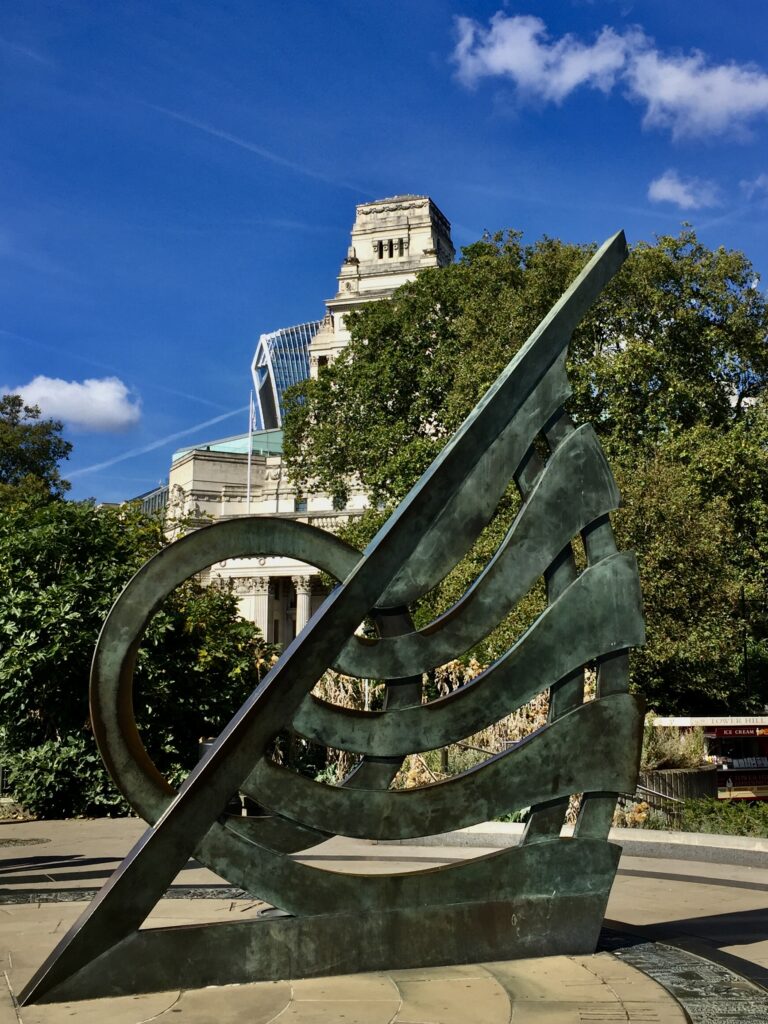
Numerous important events are recorded around the dial ..
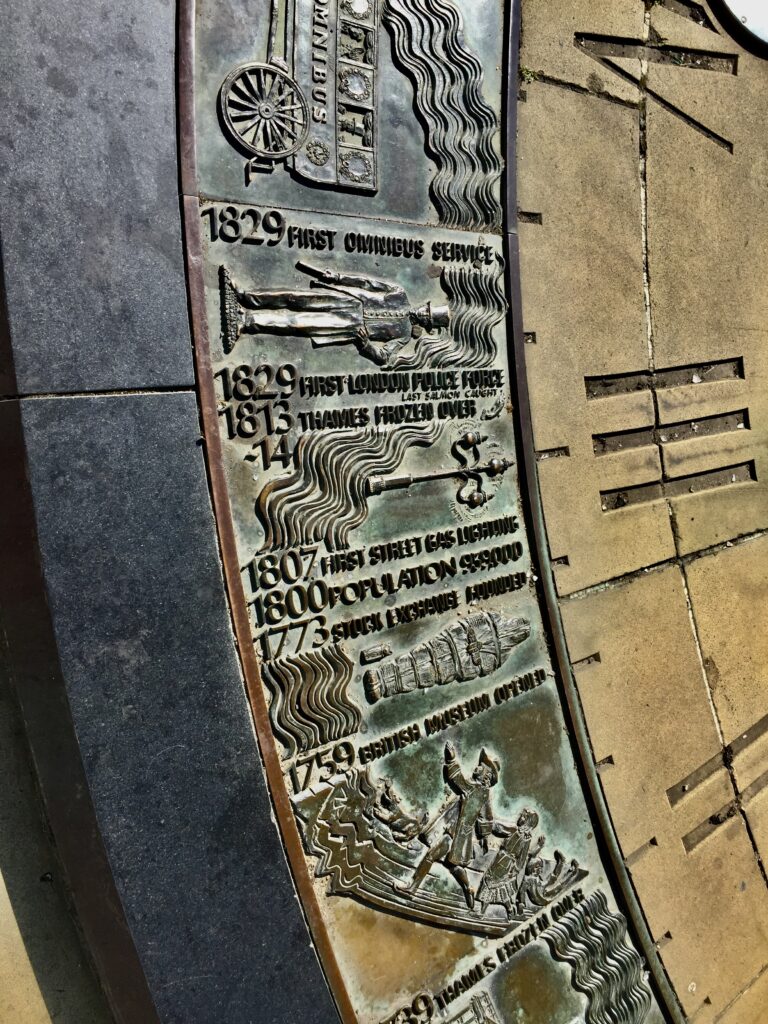
The Emperor Trajan outside the nearby Underground entrance. Disrespectful visitors often place an empty drinks can in his hand …
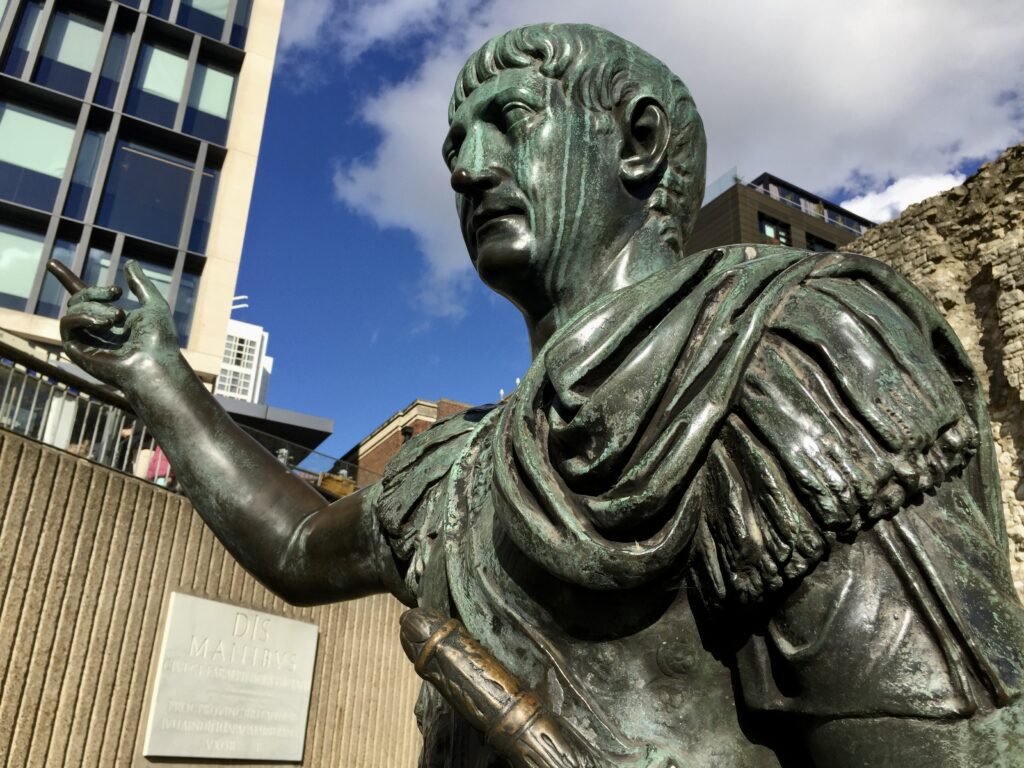
I spotted this cinema poster in a restaurant. Certainly typical of its period (1967) …
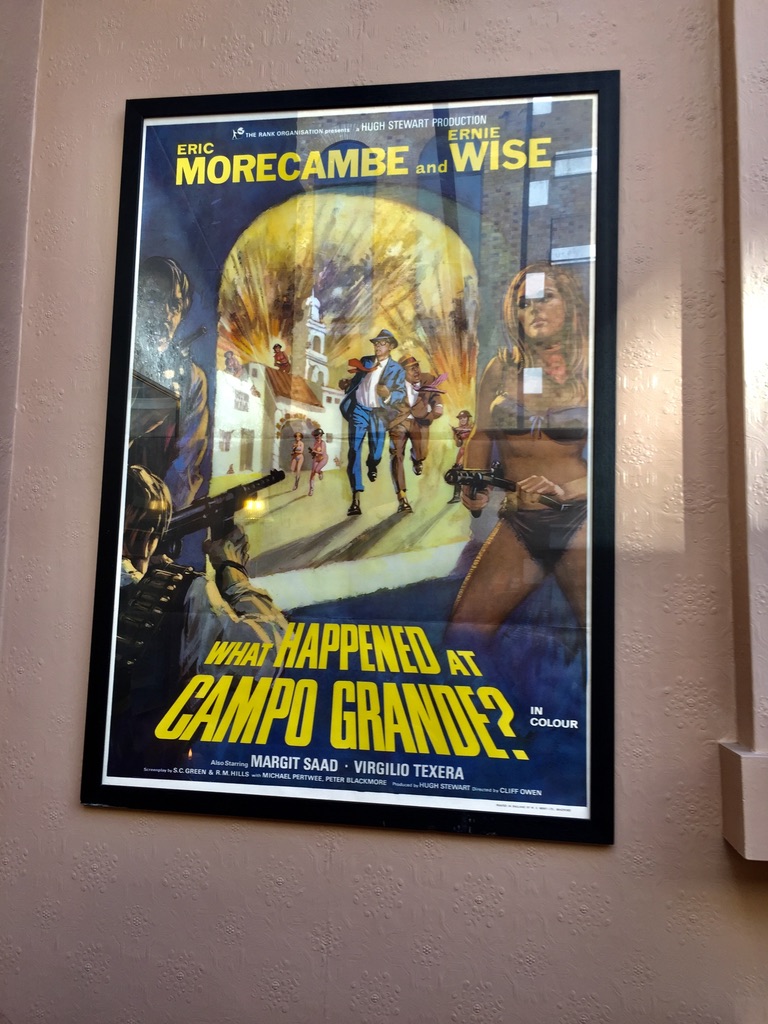
The critics were not kind and I don’t think they made another movie!
Barbican hanging gardens …
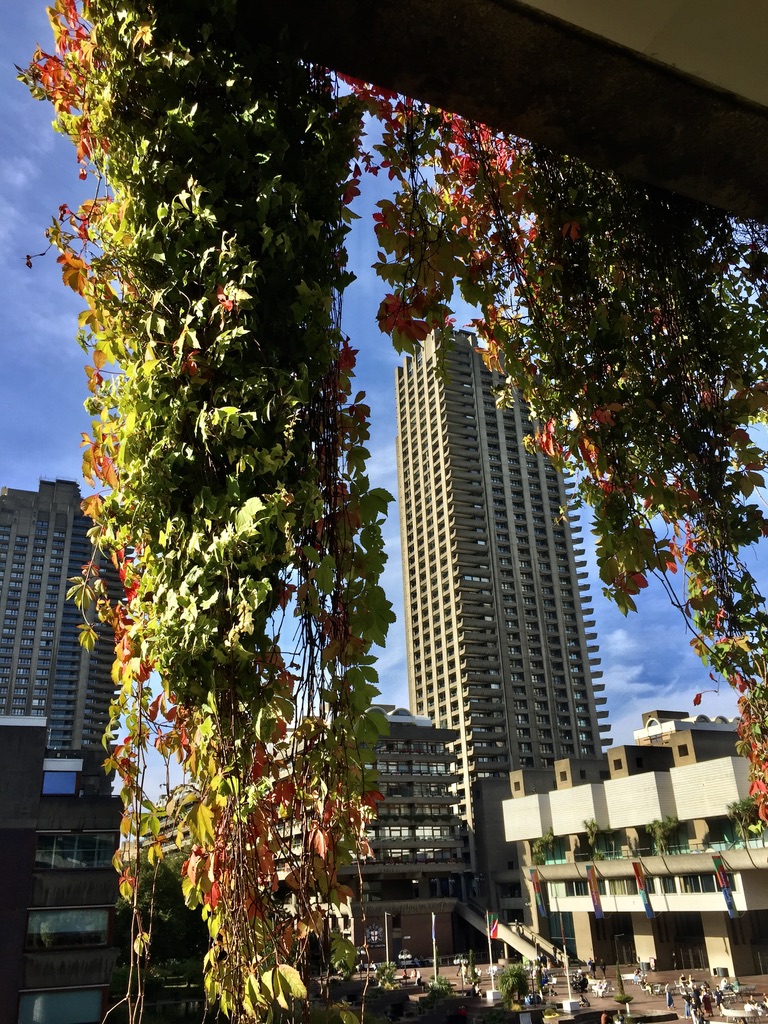
Duck tucking into one of his ‘5-a-day’ …
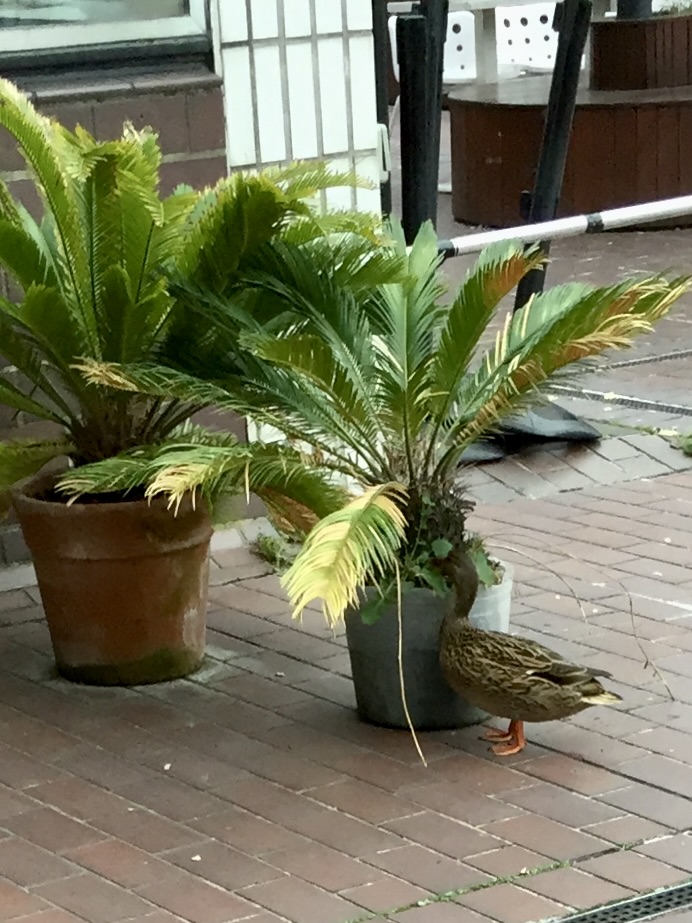
The circus still comes to town …
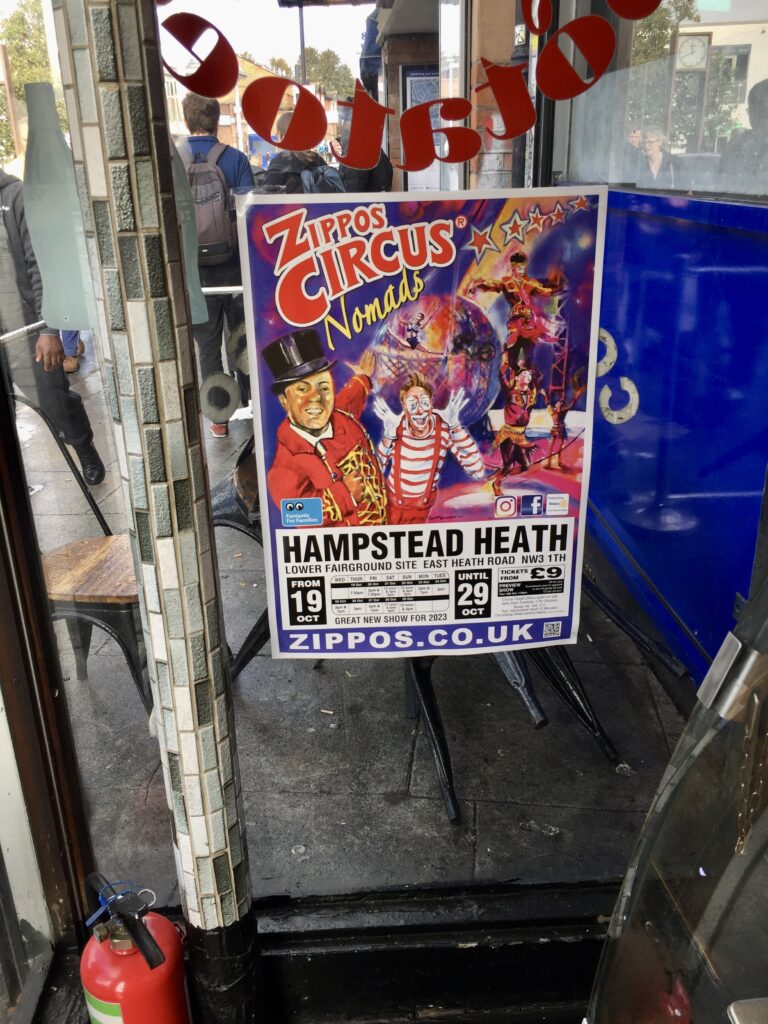
Blackfriars reflection …
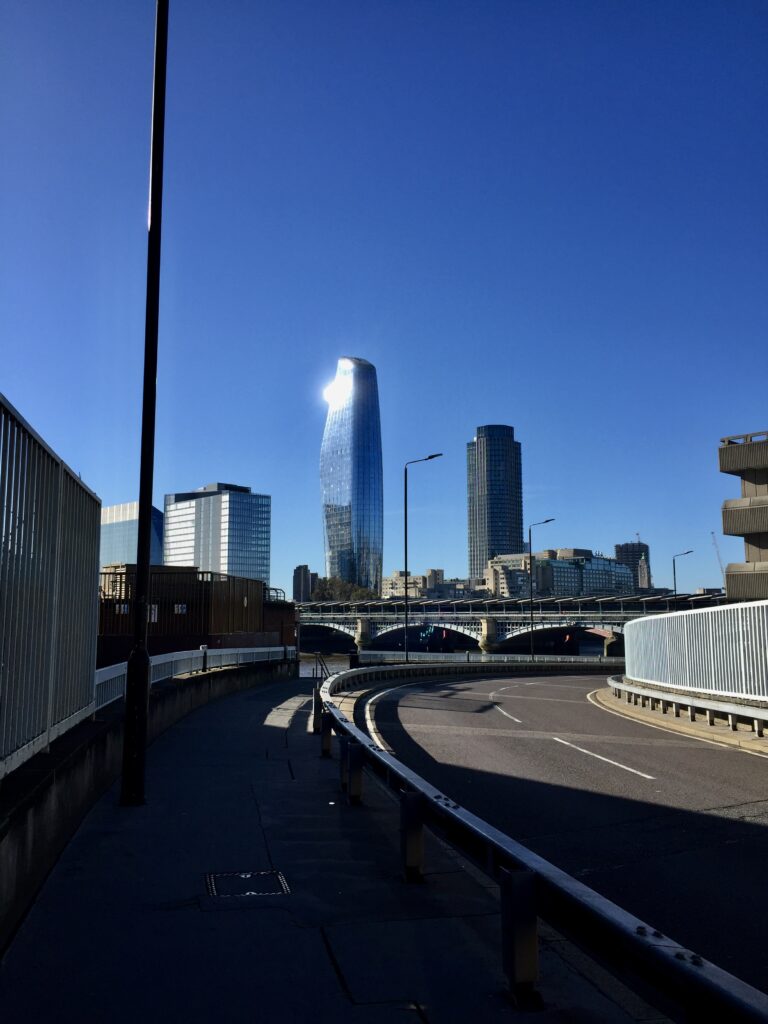
Unusual sundial on the Thames River Walk near the Millennium Bridge …
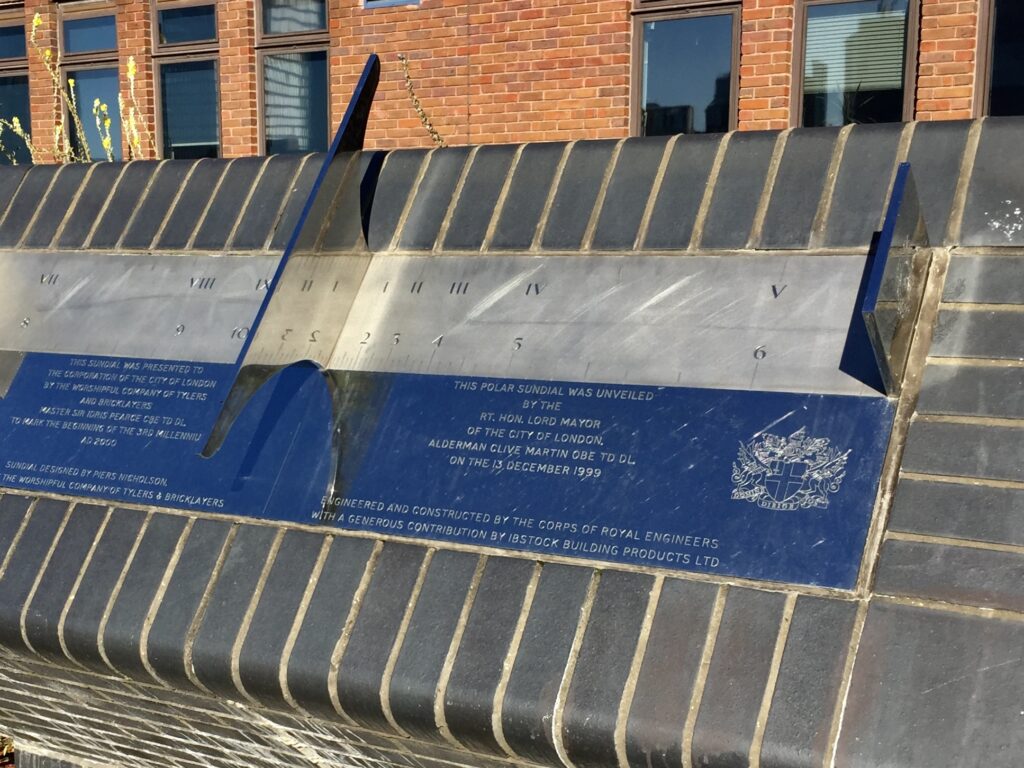
Inside Battersea Power Station – lots of big brands but not a lot of people …
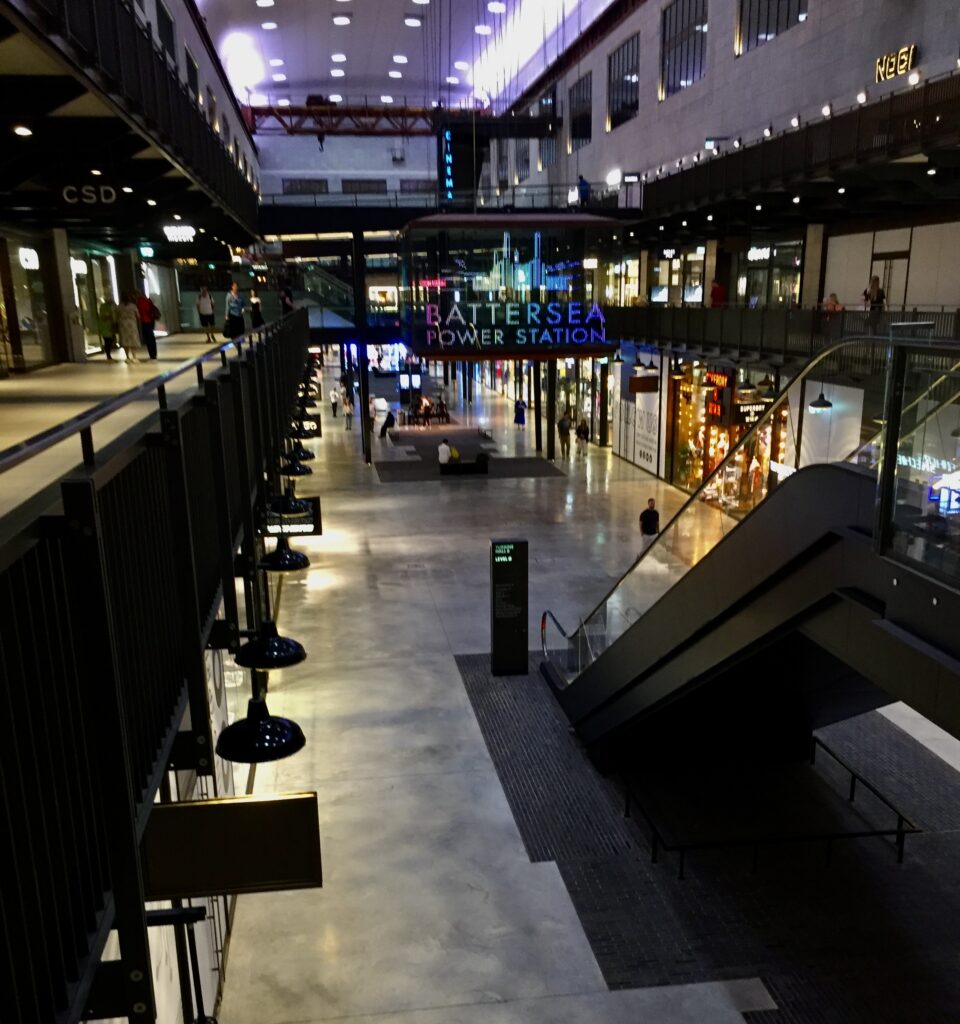
Two important messages …

The wall in the distance is all that remains of the notorious Newgate Gaol, demolished in 1902 …
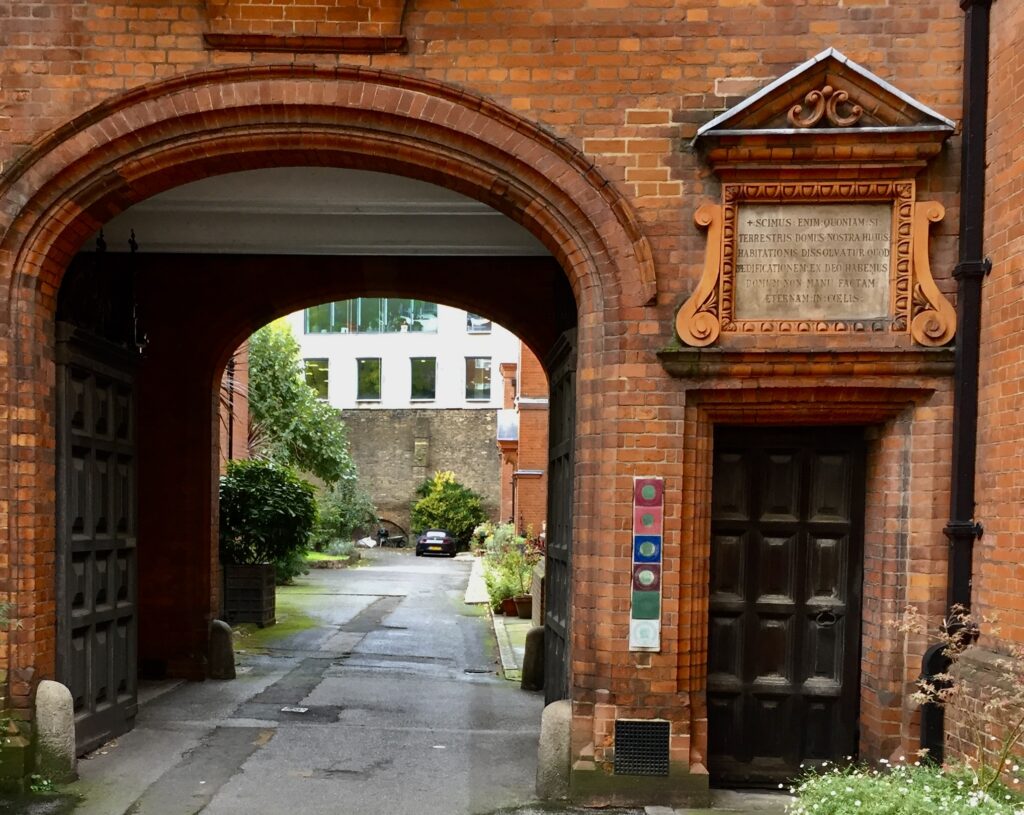
Great ghost sign at Finchley Road Underground Station …
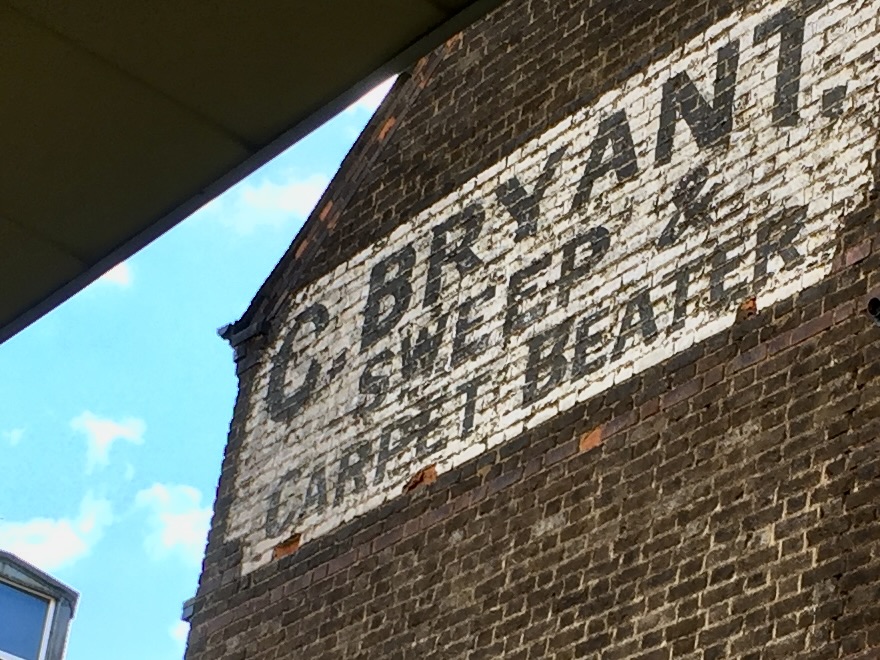
Lovely idea at Kilburn Station …
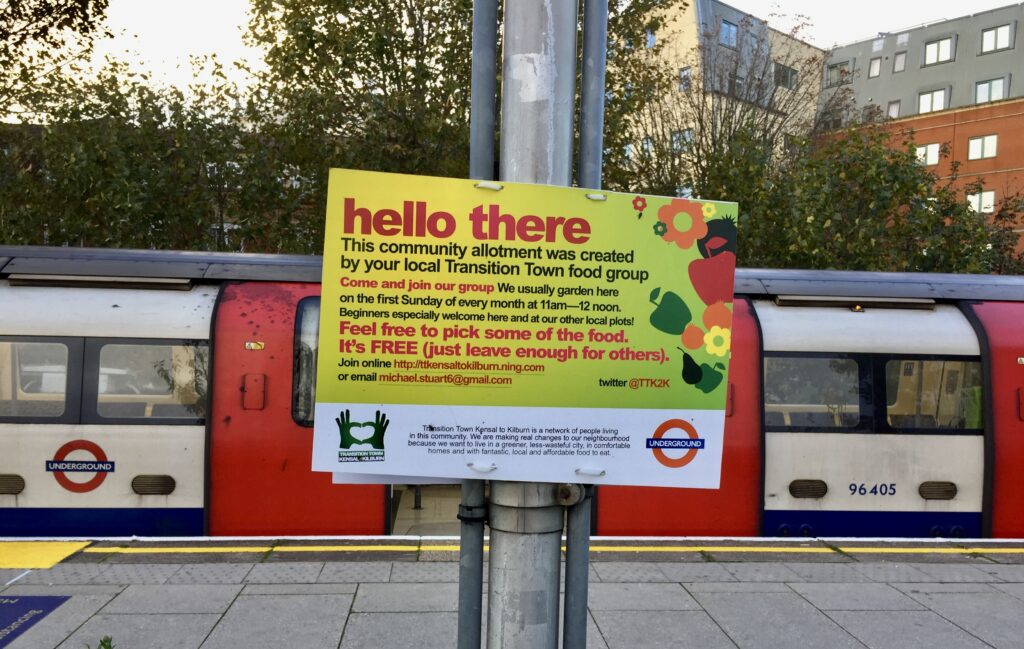
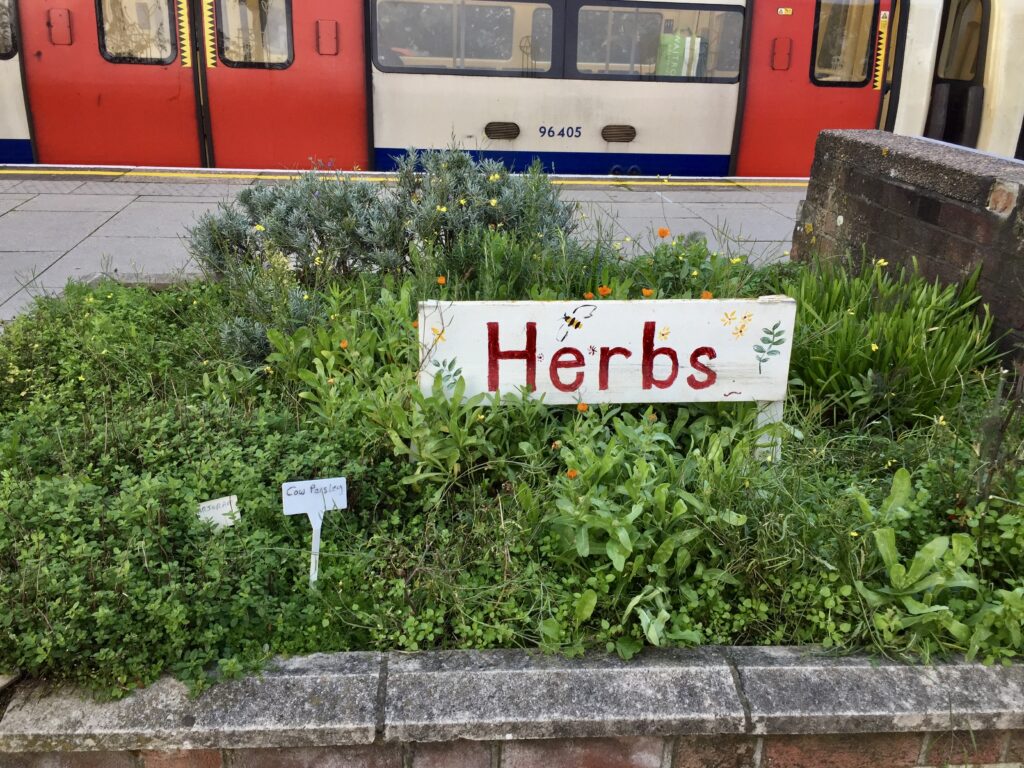
And another transport related image, the magnificent roof at Stockwell Bus Garage – at one time it was Europe’s largest unsupported roof span …
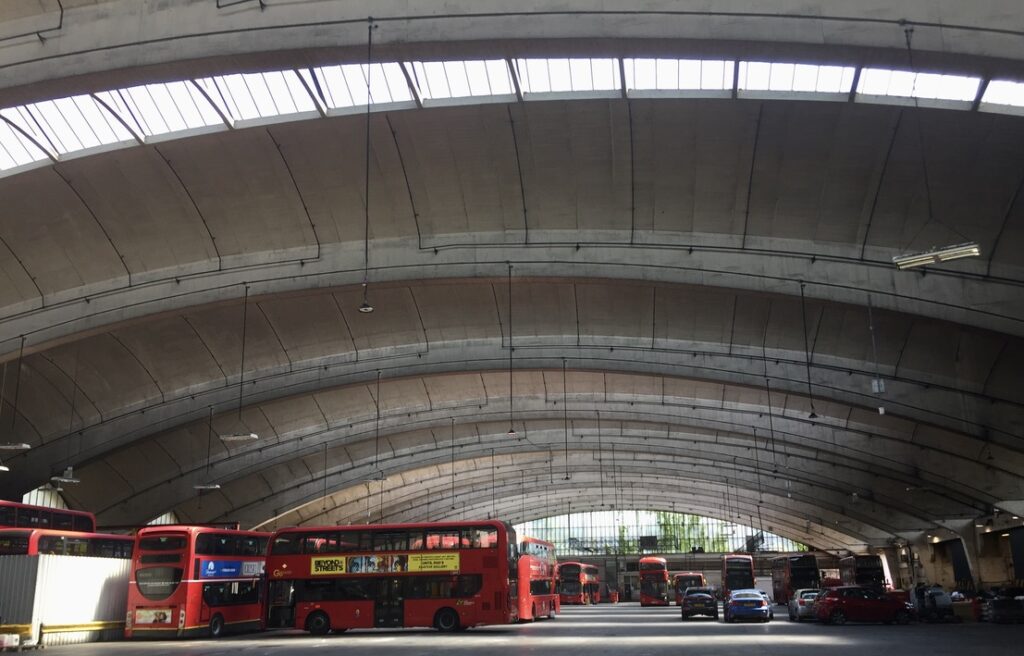

Licence plate humour (well, I’m easily amused) …


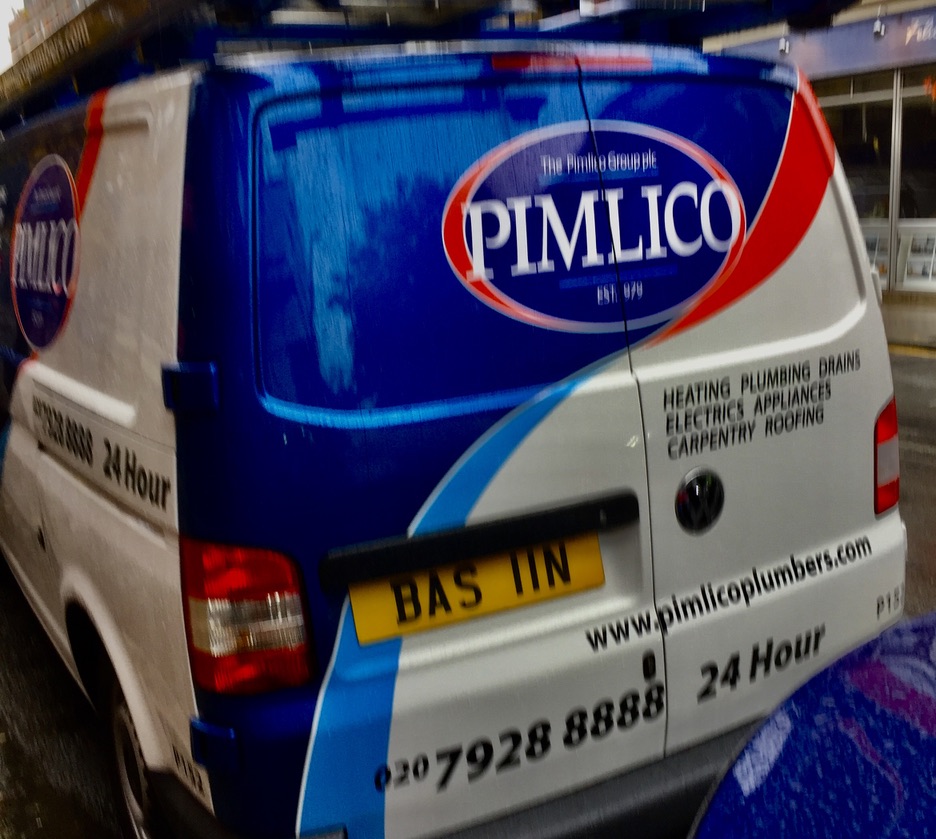
And finally, lunch last week at Brutto, a great way to start the New Year …
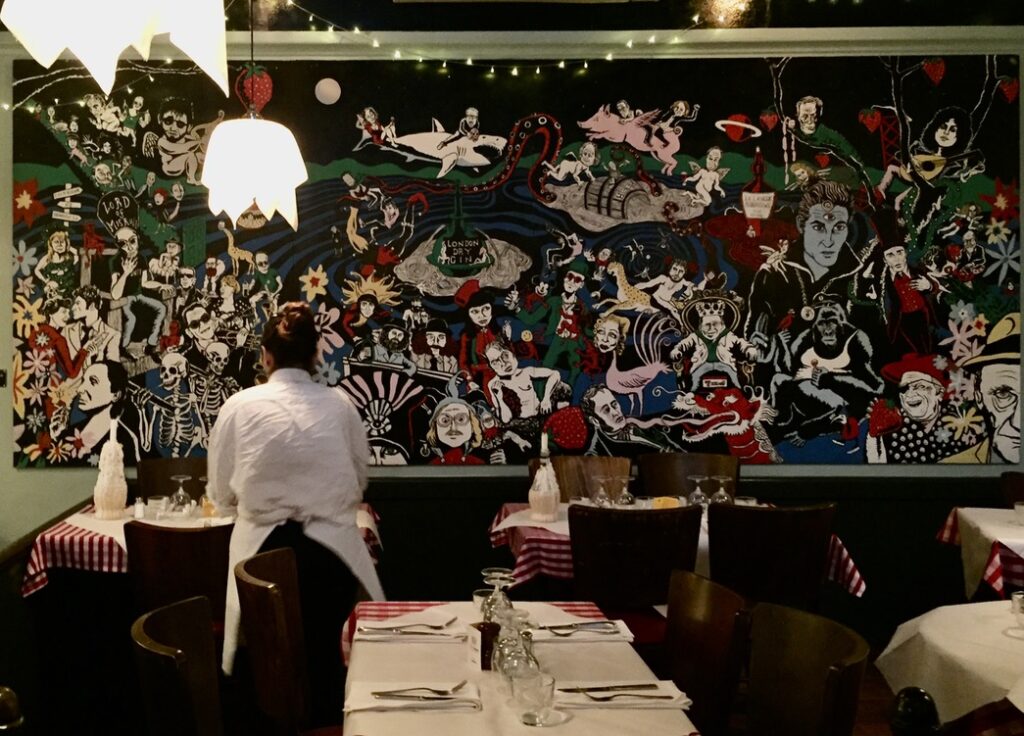
If you would like to follow me on Instagram here is the link …
